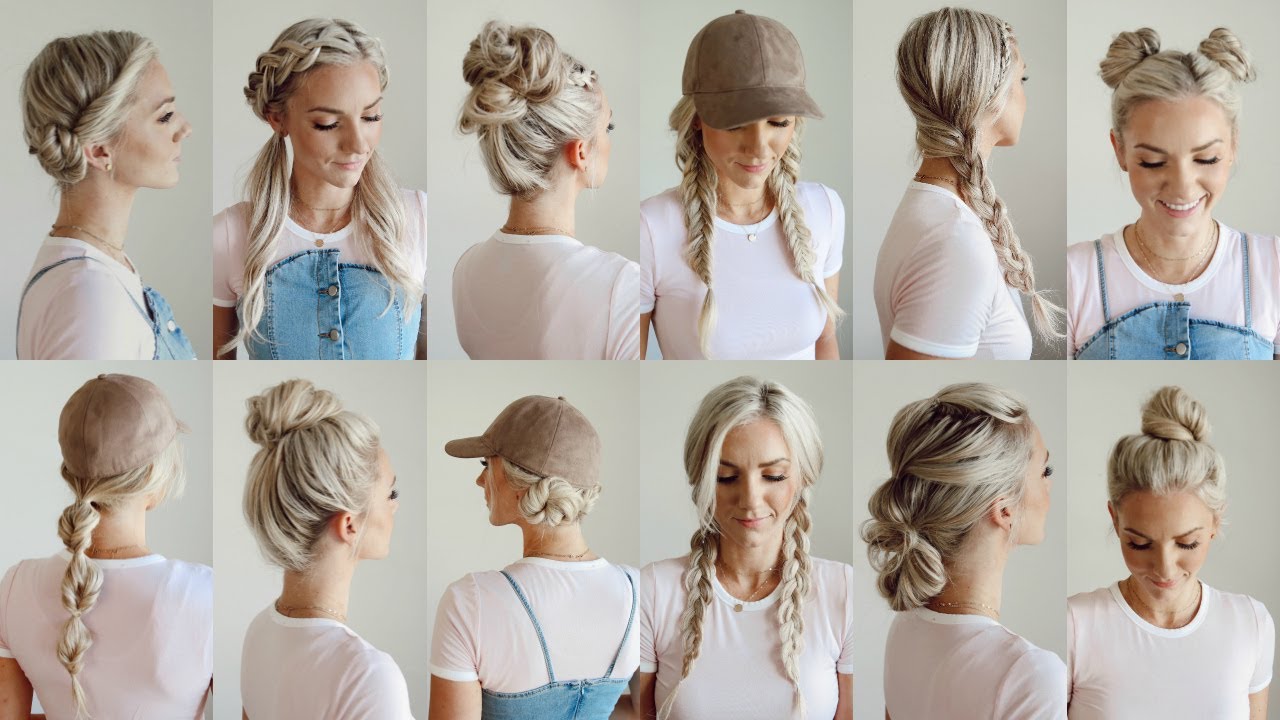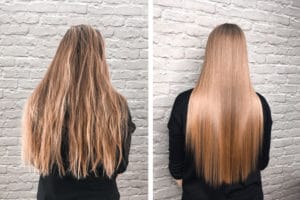Hair color is caused by the amount of pigment called melanin present in your Hair. There are two types of melanin – eumelanin and pheomelanin. The more melanin your hair has, the darker your Hair will be. Conversely, the less melanin your hair has, the lighter it will be.
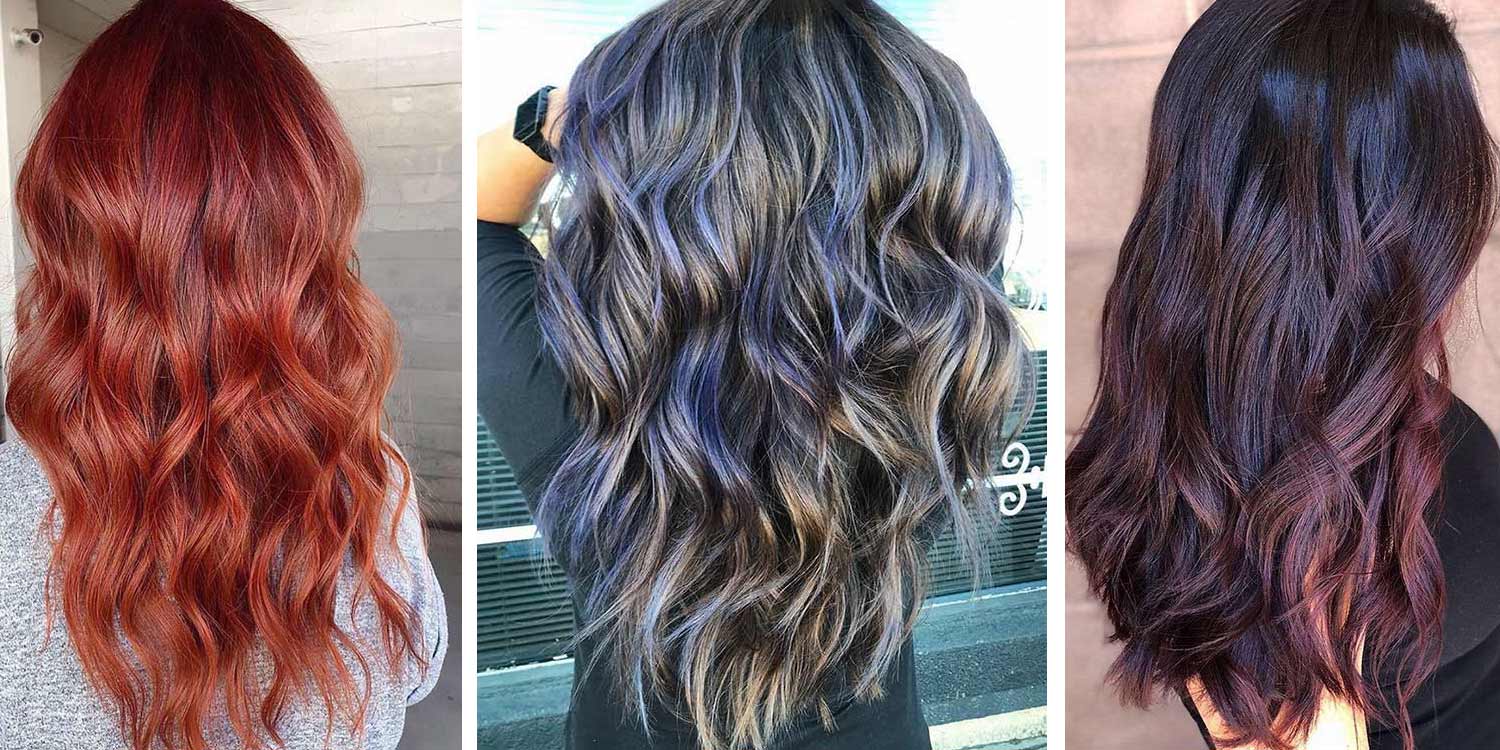
Permanent Hair color
Permanent hair color is an excellent way to cover gray hair. It can also lighten or darken your Hair several levels, as well as change the overall shade of your hair. The main difference between permanent Hair color and temporary dye is that permanent hair color adds color molecules to your hair rather than replacing them. While permanent hair color is a great option for a dramatic color change, it should be used only when you’re serious about changing the color of your Hair. Depending on the shade of permanent color, you will need to touch up the roots every six to eight weeks to maintain the look.
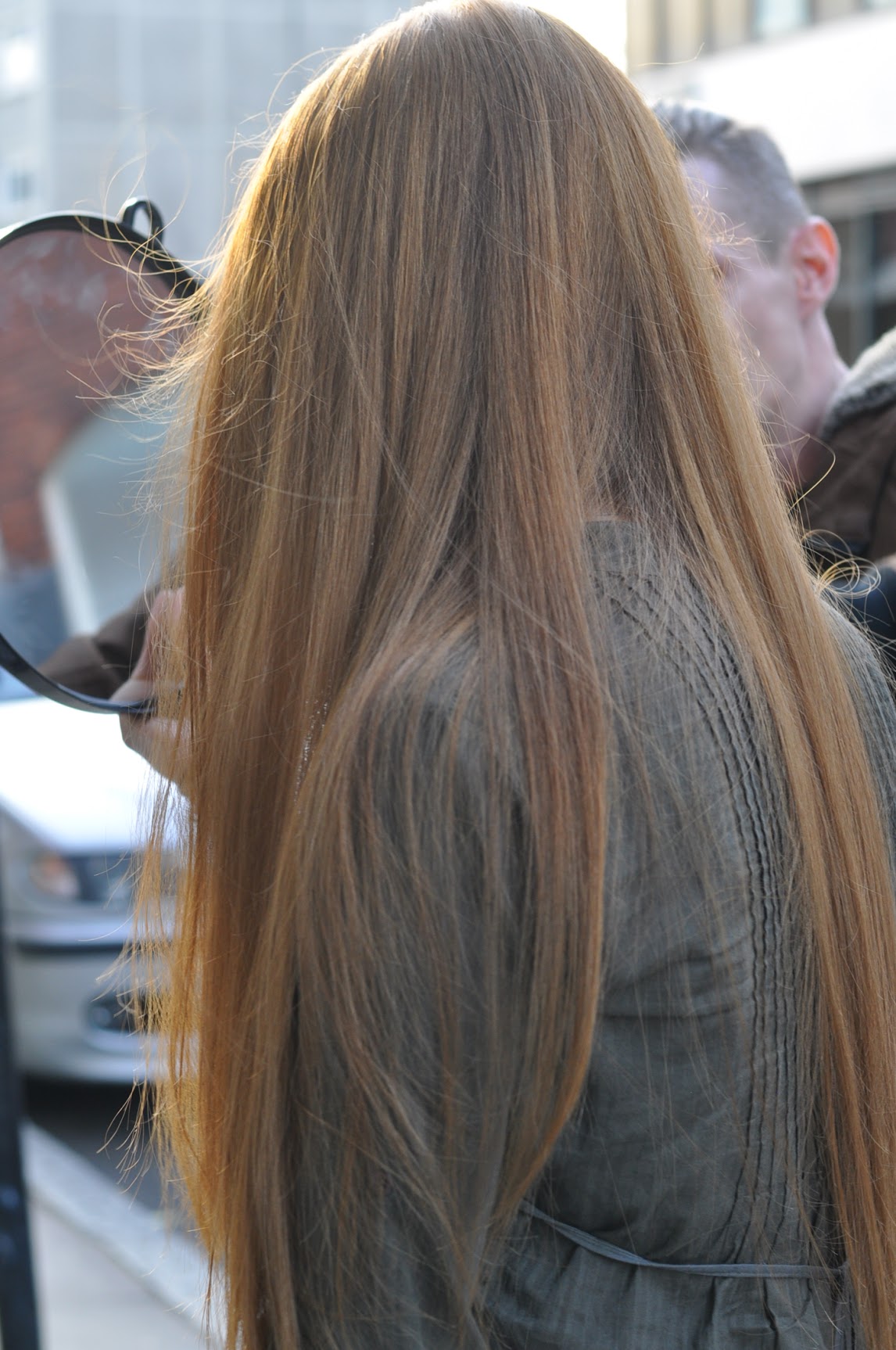
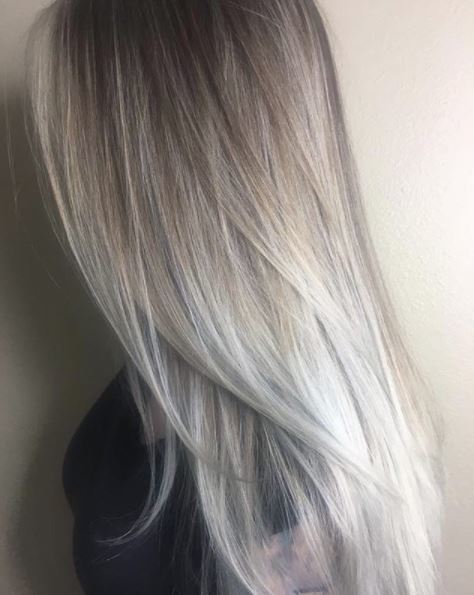
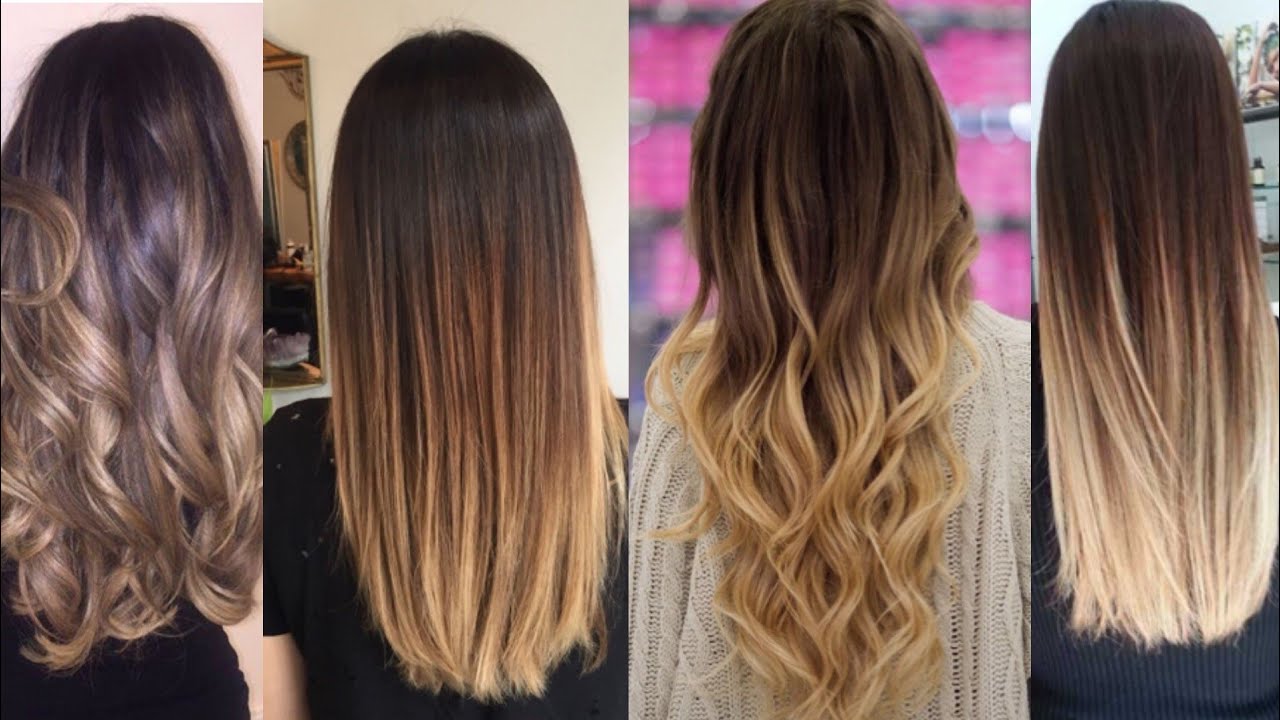
There are two main types of permanent hair color. The first one is a permanent dye, which requires a lift to the hair shaft’s cuticles. The second type is a demi-permanent color, which only adds shine and condition. It also requires a developer. If you’re going for a lighter color, you don’t need a high developer volume, but you do need to use it if you’re going for a bright shade.

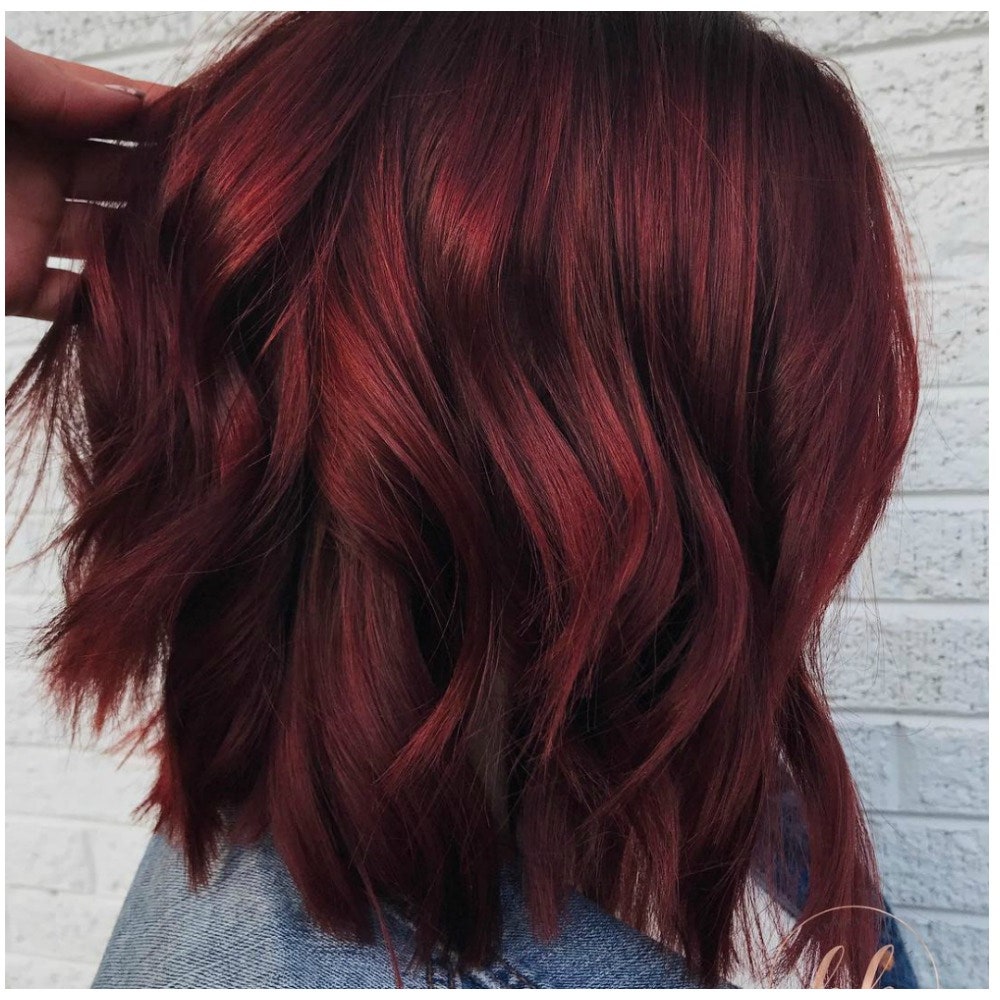
Permanent hair dyes come in a variety of shades, including brown, black, and red. There are also ammonia-free formulas and vegan color options. These are great options for covering up gray hair or switching up your hair style. The first thing you’ll want to do before you go permanent is sensitivity testing your scalp.
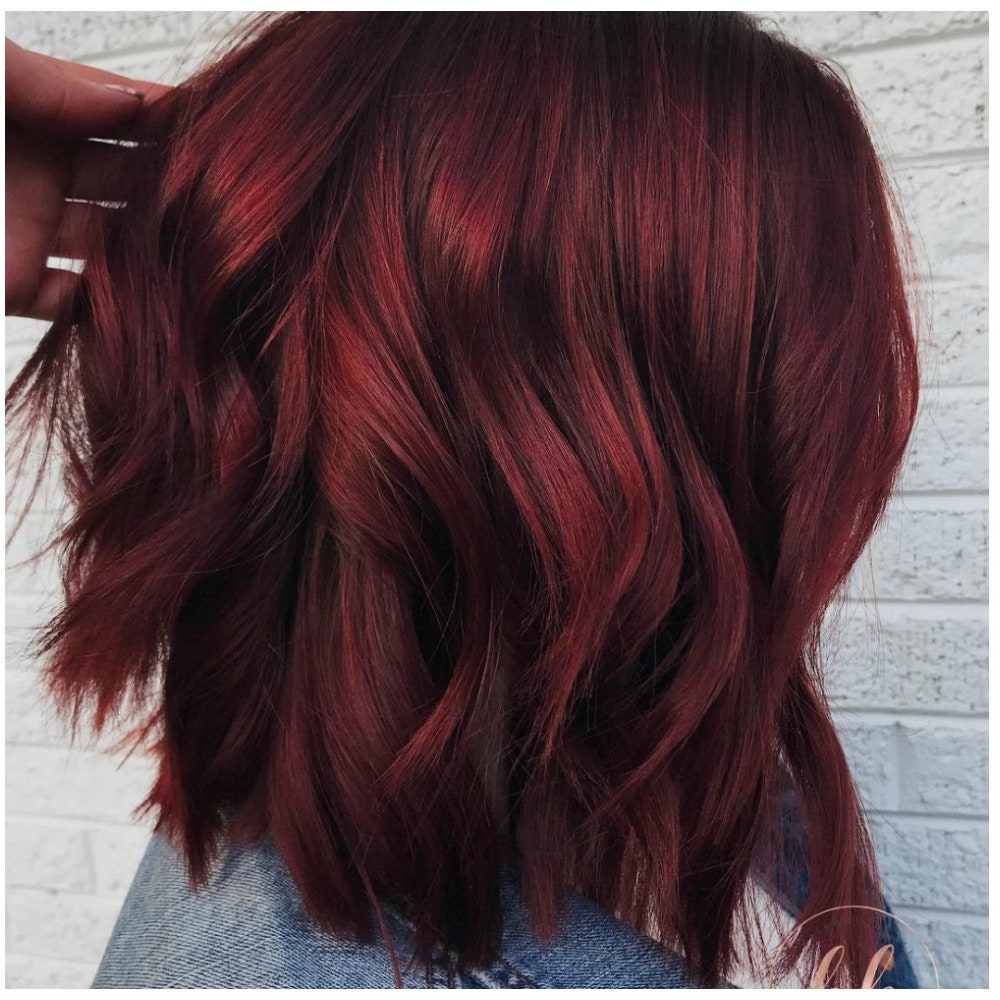
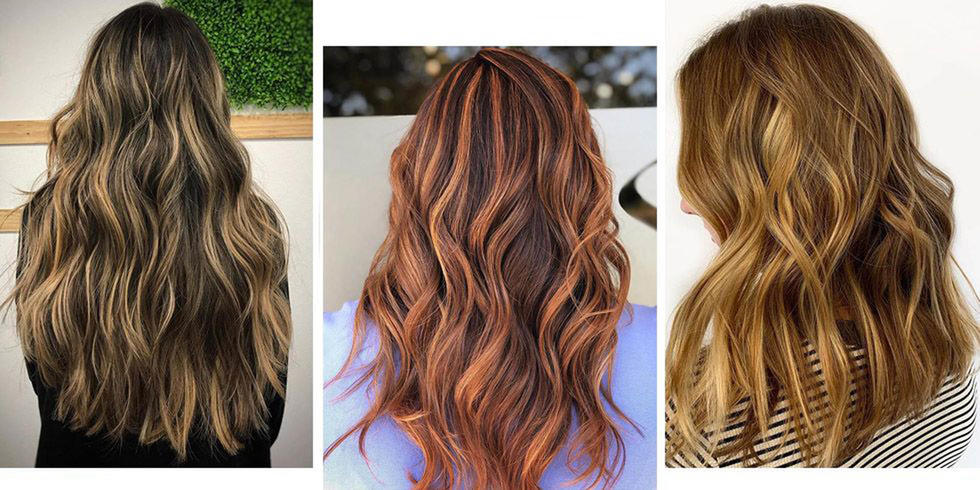
A professional permanent haircolor service will also ensure that the color doesn’t cause too much damage to your hair. These dyes will also leave your hair looking beautiful for longer. In addition, the products used to color your hair are made with special ingredients to protect the bonds in your hair.
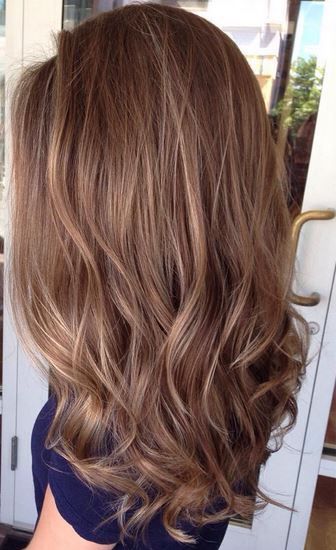
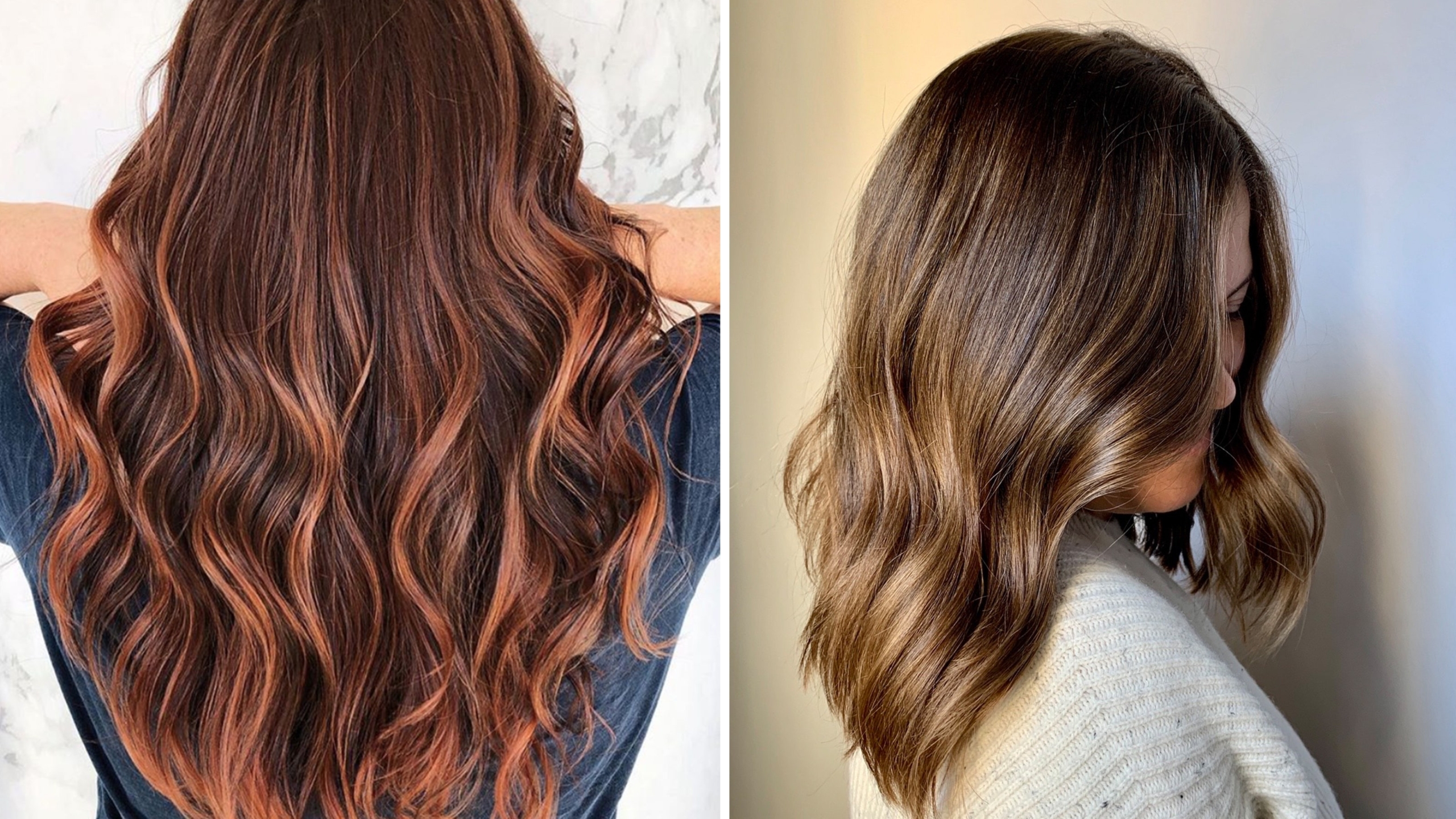
At-home hair dyes
At-home hair dyes are a convenient way to change your hair color at home without visiting a salon. They’re also inexpensive. They come with a color conditioner and shine serum, and they leave your hair looking healthy and multidimensional. To find the best hair color at home, shop around before you make your decision.
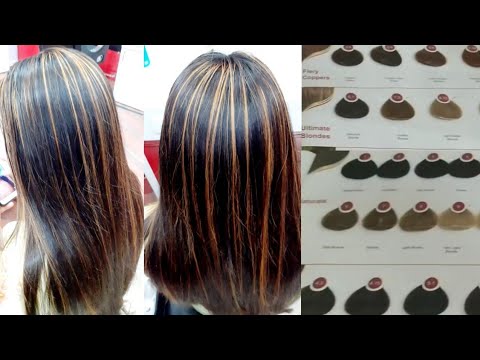
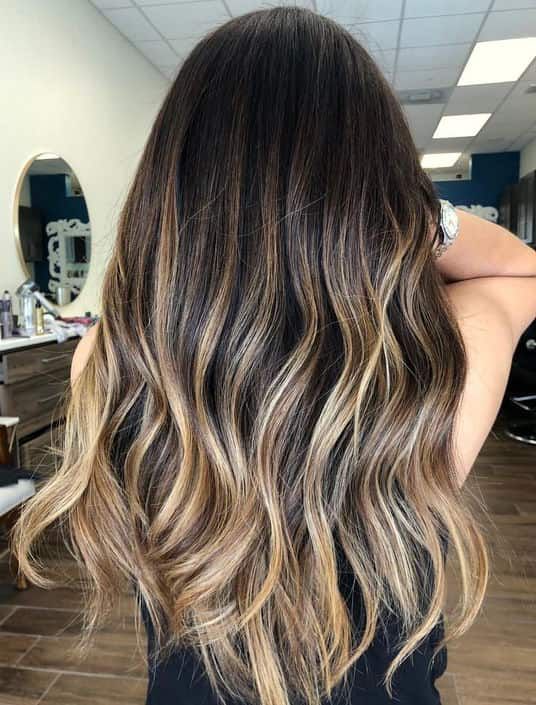
Natural at-home hair dyes are also an excellent option because they don’t contain any harsh chemicals. Instead, these products are formulated with plant-based oils, which are gentler on your scalp and do not emit the smell of ammonia. Still, you should always do a patch test first to make sure the product is safe for you before coloring your hair.
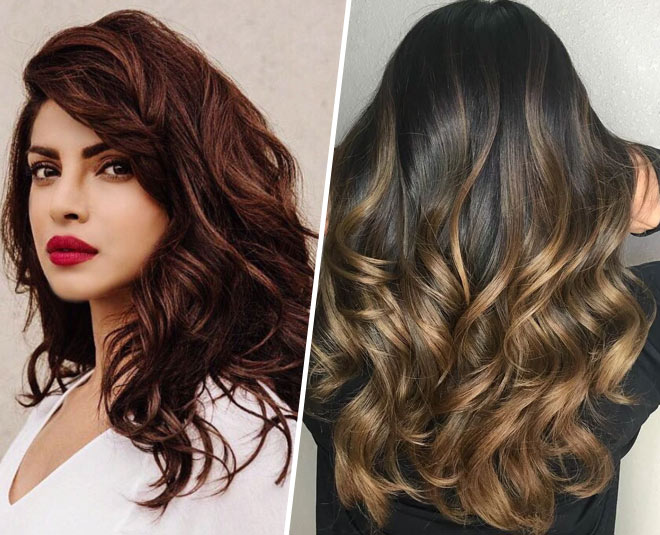
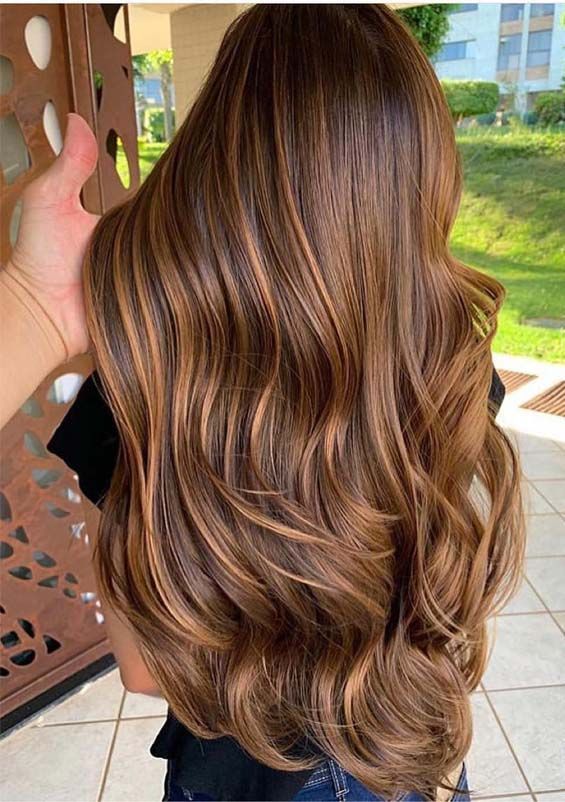
If you have never used hair dyes before, make sure you know what you’re doing. The first step is to read the label carefully. There may be special instructions on the box, such as waiting for 30 minutes. You also should apply hair dye conditioner to freshly colored strands. This will add moisture to the hair and smooth the cuticle, which helps prevent the ends from absorbing too much color.
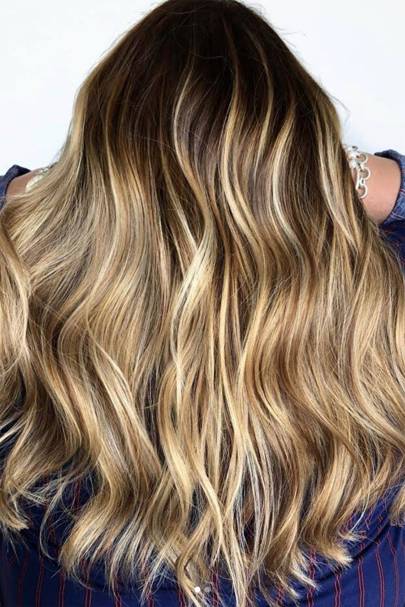
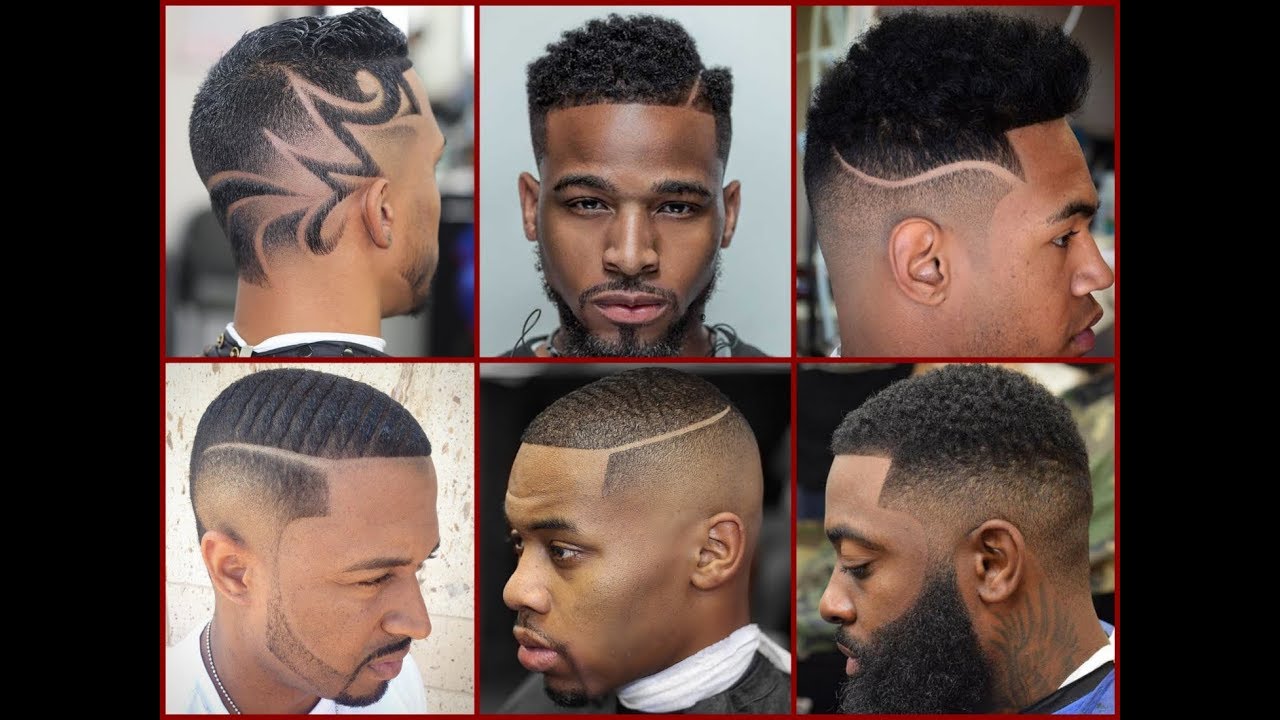
Many traditional hair dyes contain toxic chemicals. Some of these dyes penetrate the hair shaft and can even cause cancer. Permanent and semipermanent hair dyes may increase the risk of certain types of cancer, especially blood cancers. However, more research is needed to determine the extent of these risks. The harsh chemicals in traditional hair dyes can also cause skin irritation and damage the hair.
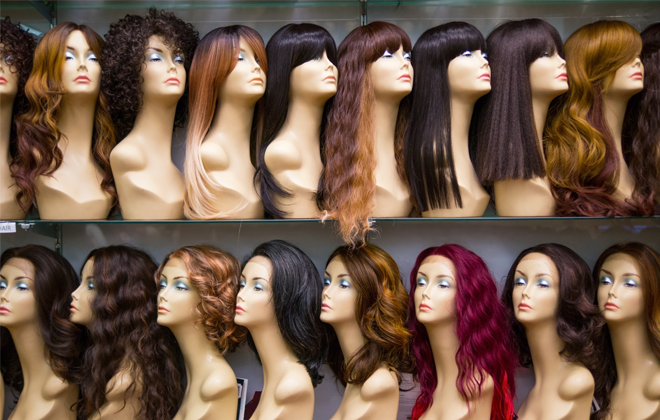
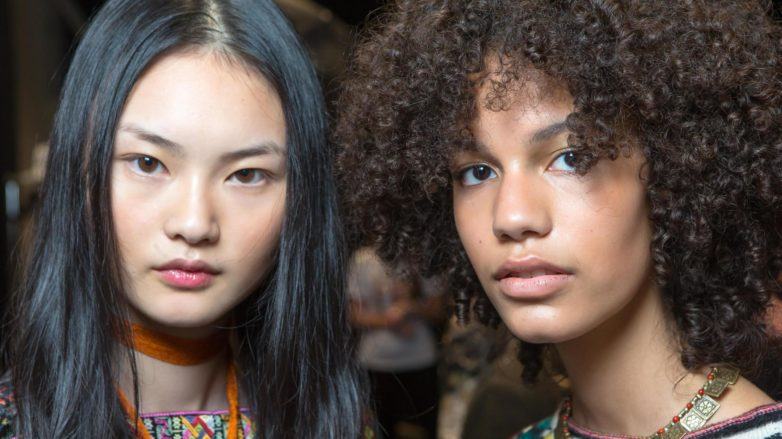
Another alternative is a box dye containing keratin. The keratin content in these products will help your hair become healthier and prevent breakage. The box dye should be applied along the line of demarcation where the last in-salon color service ended. Then, you need to wait at least ten minutes for it to set.
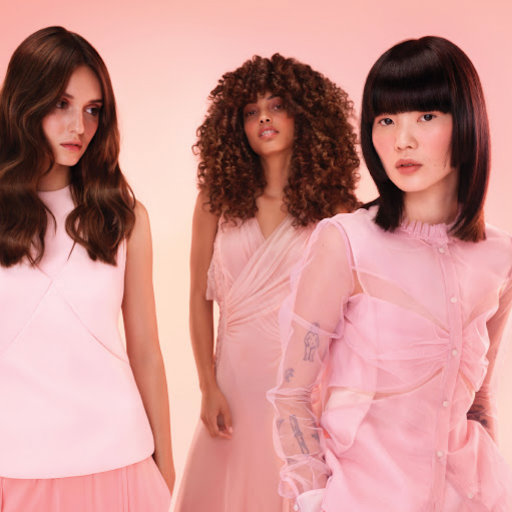
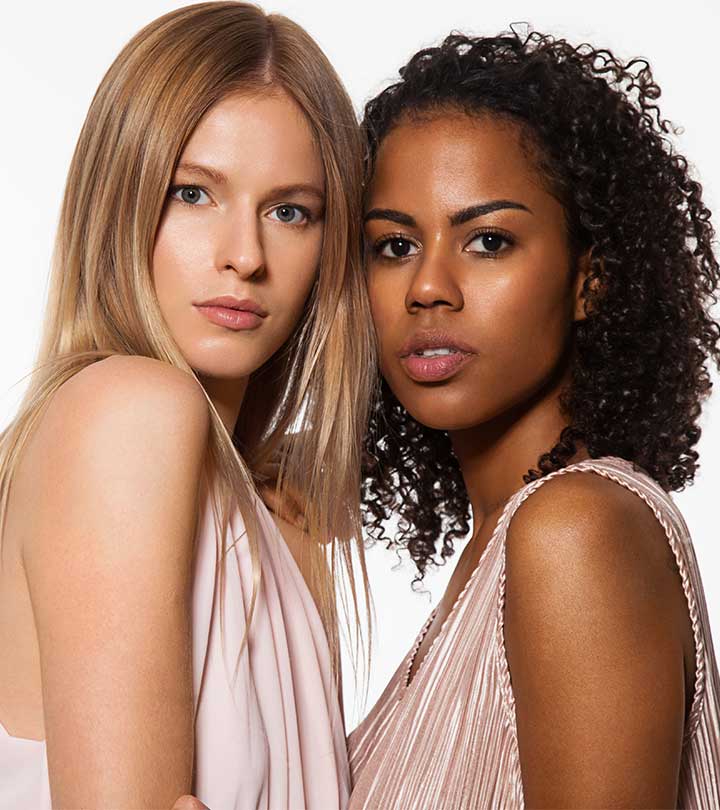
Natural hair color
Your natural hair color is the color of the hair that grows out of your scalp. Over time, the color may change slightly. To keep your natural hair color, start with clean, dry hair. Wet, oily, or dirty hair will make it look darker. When dyeing your hair, focus on the ends, not the roots.
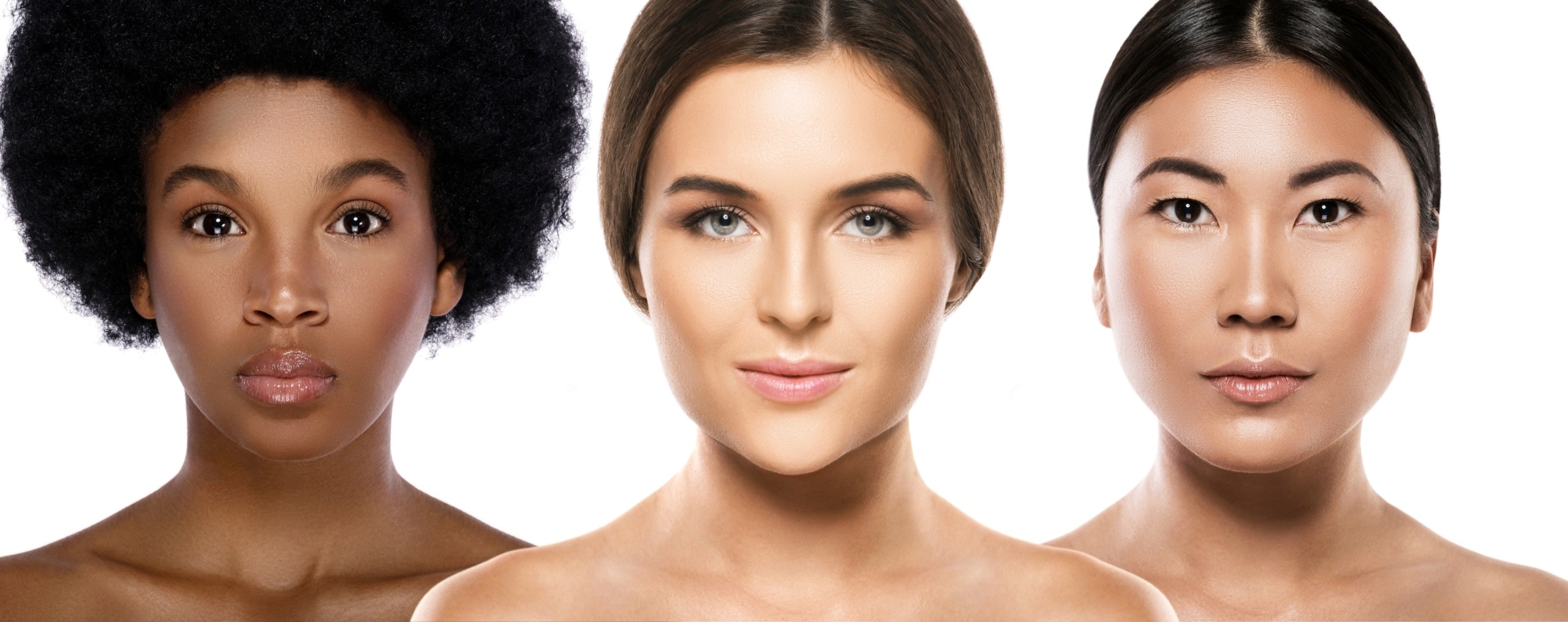
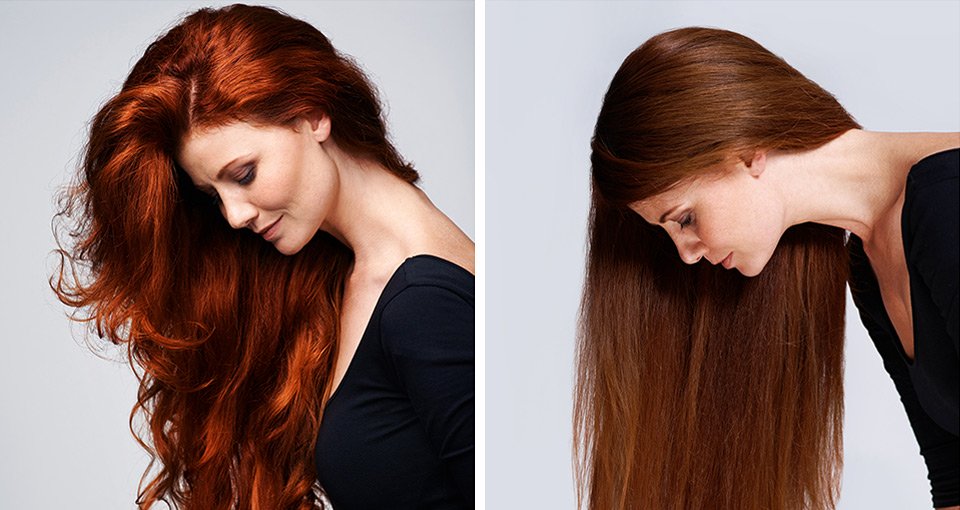
The color of hair depends on its pigment, called melanin. Human hair naturally comes in the colors of black, brown, red, blond, and white. Brown hair is the second-most common color among humans after black, and it is characterized by higher levels of eumelanin than pheomelanin. People with this shade of hair are called brunettes. Chestnut hair is a reddish brown color that is common among native peoples in Central, Western, and Eastern Europe.
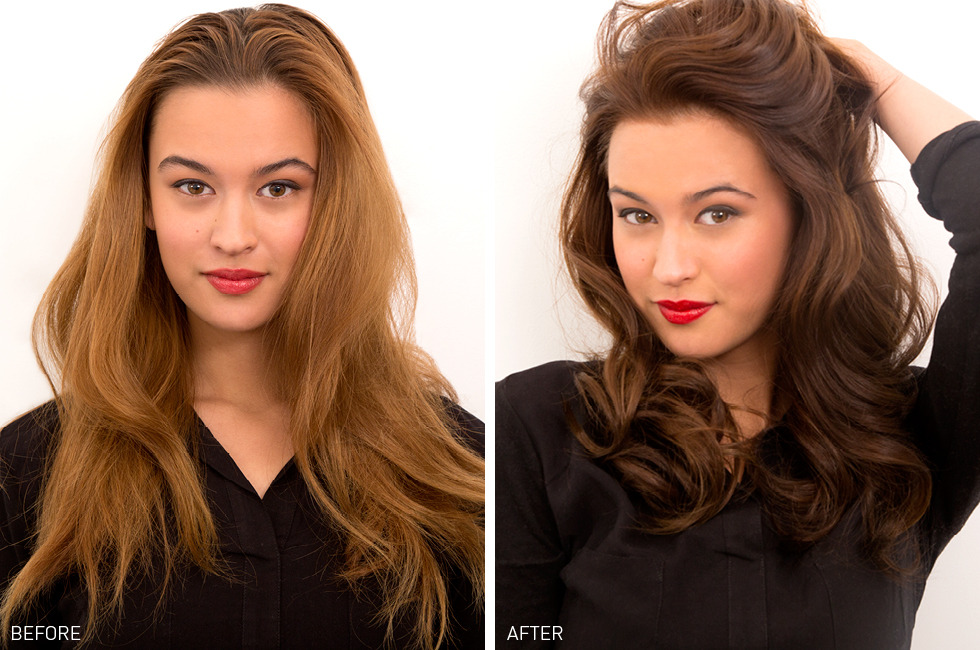
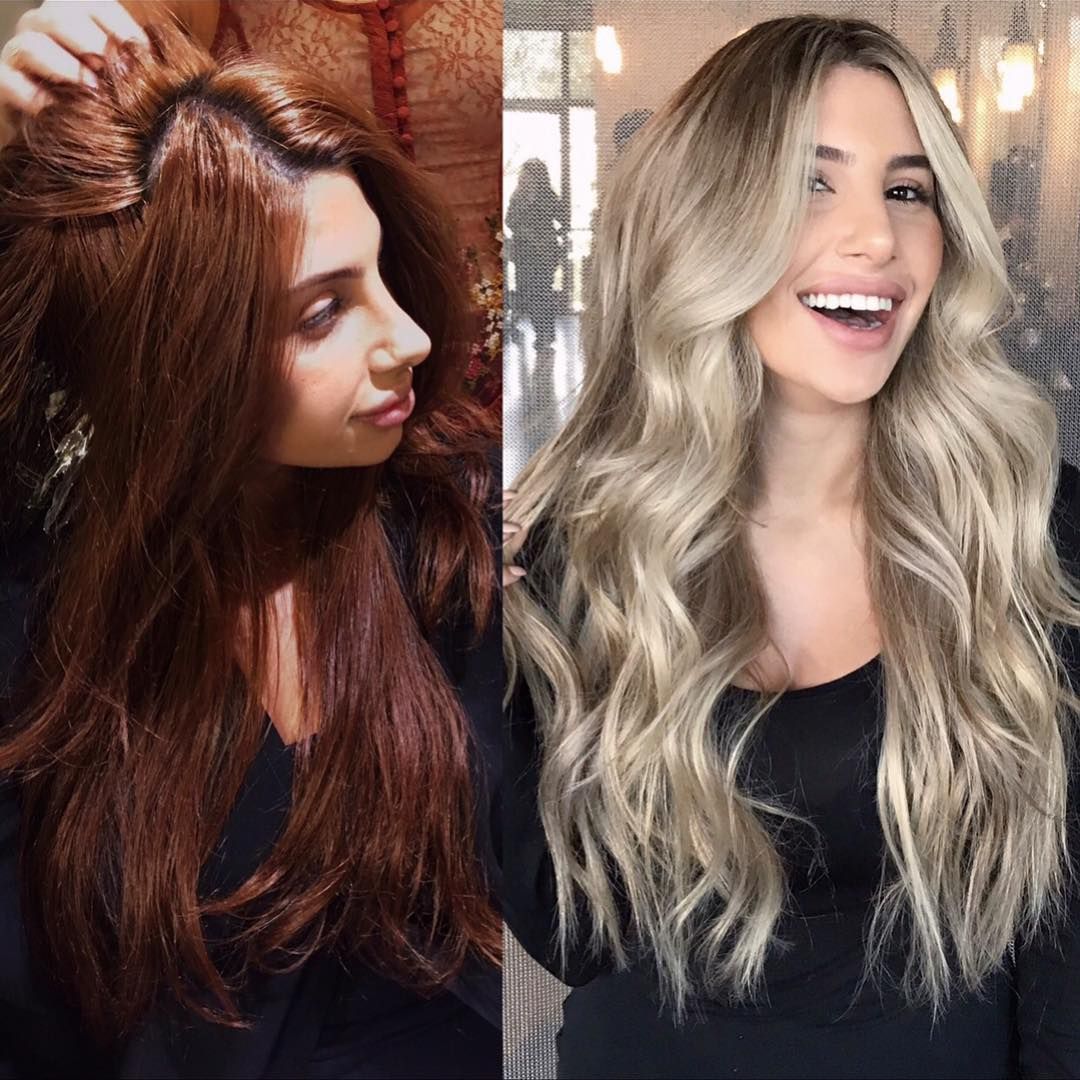
There are a variety of natural hair dye options. Some of them are made with plant-based ingredients, while others are 100% chemical-free. Some of them use henna, which has antibacterial properties and is used in natural hair color. Plant-based dyes are a great option for anyone looking to change the color of their locks.
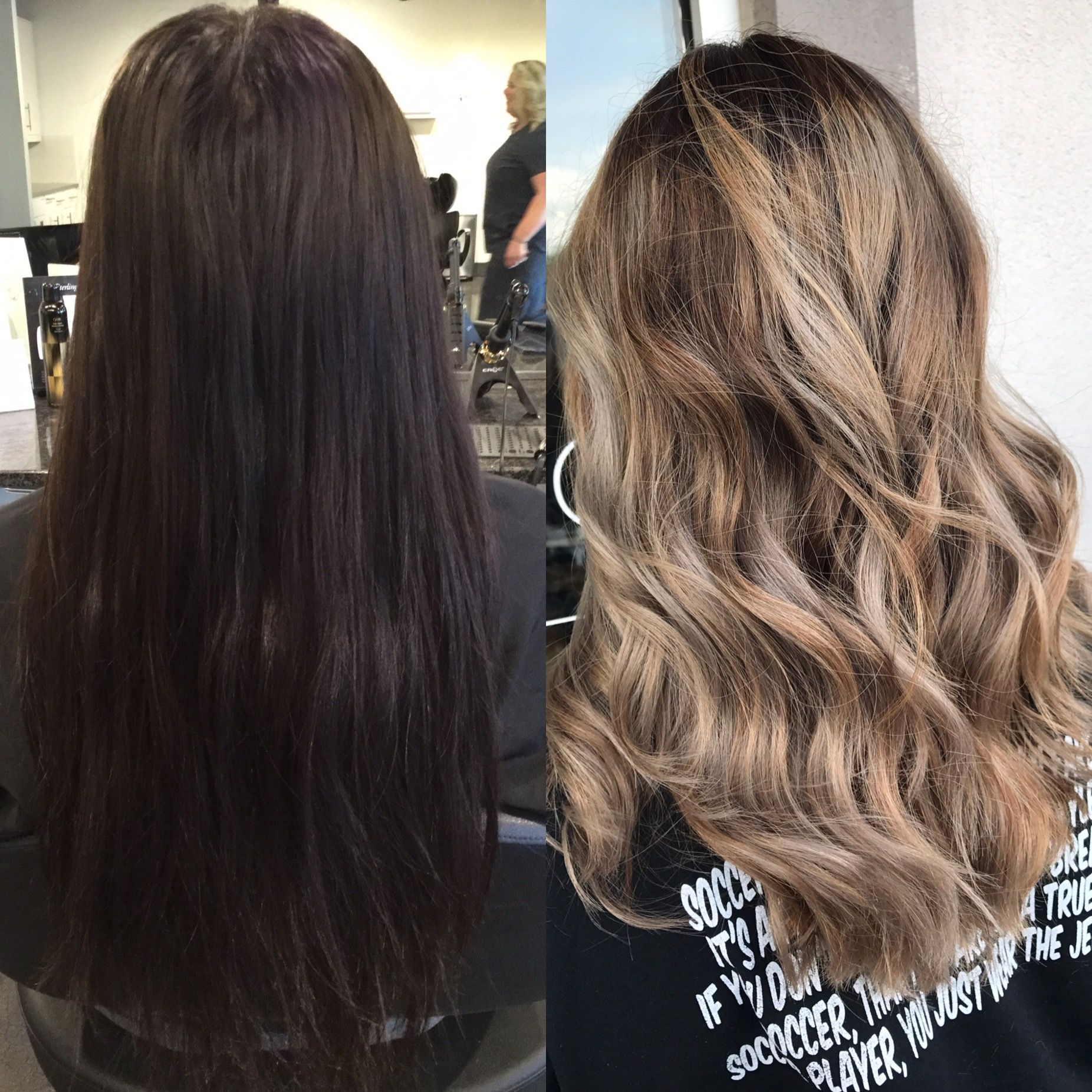
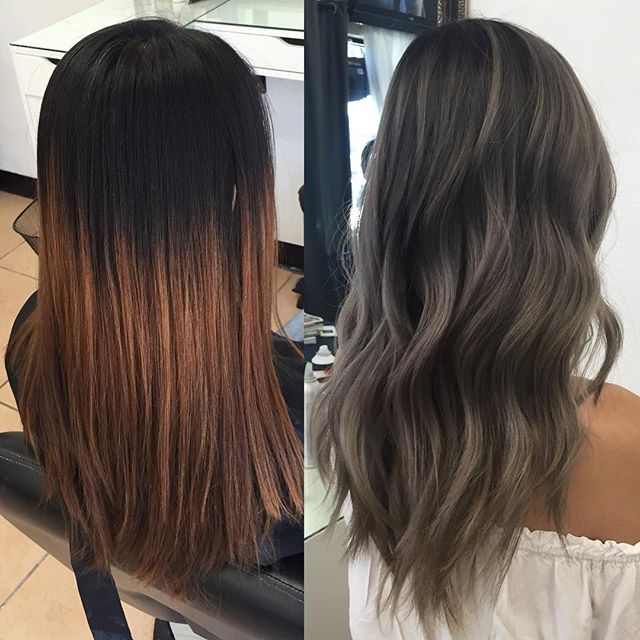
Natural hair dyes are free of harsh chemicals and parabens. Some are even vegan and cruelty-free. L’Oreal Professionnel Botanea is an example of an herbal hair dye that uses powder pigments and water heated to a precise temperature. Another good option is the Schwarzkopf hair dye. It uses natural ingredients like coconut oil and argan oil, and it is made with no parabens.
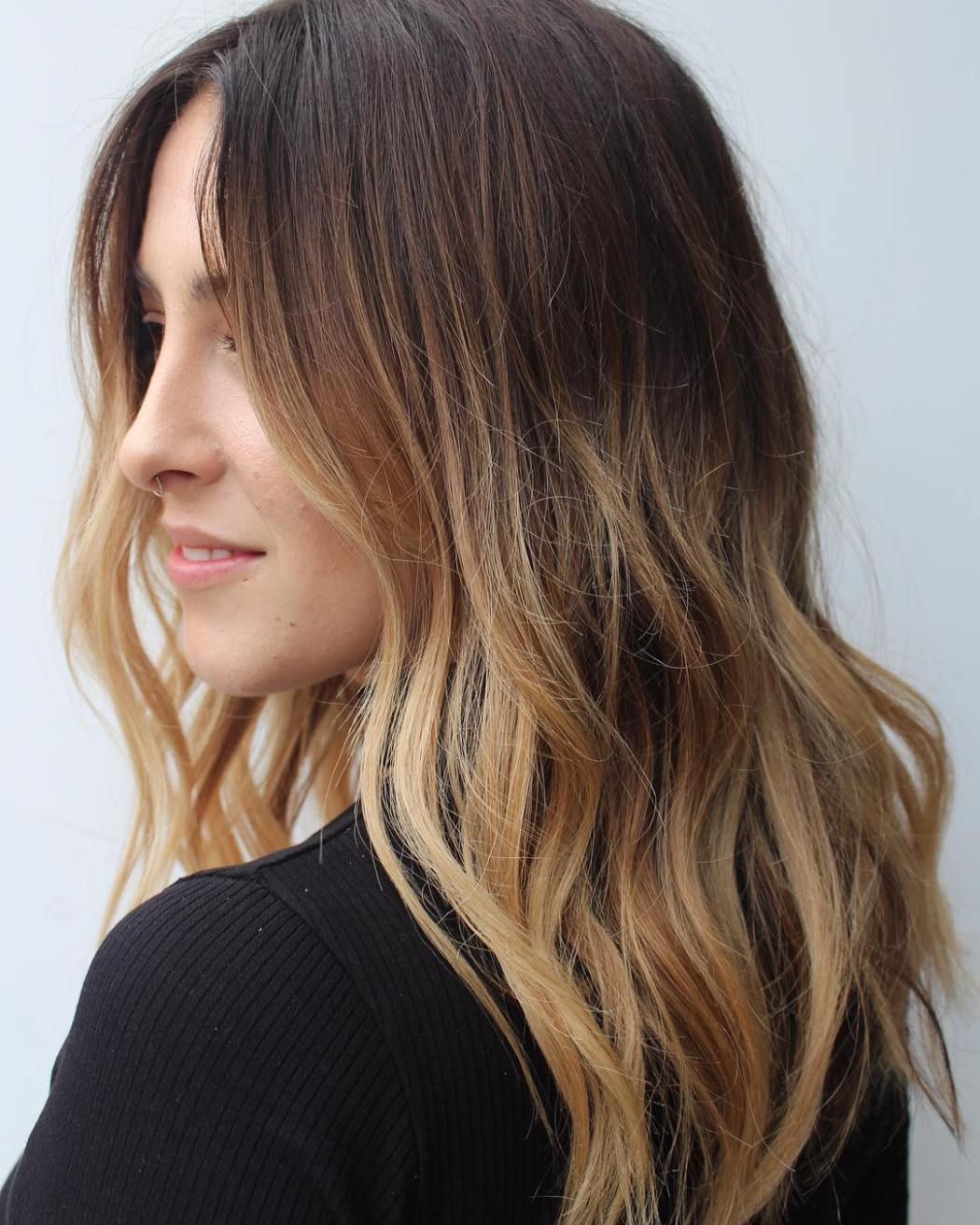
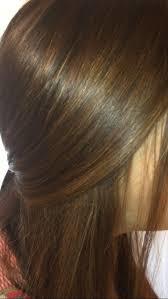
Highlights
Highlights in hair color are used to create a dramatic effect on the hair. These types of hair coloring change a person’s natural hair color by lifting individual strands. Highlighting techniques include foil highlights, chunking, frosting, and painting. If you want to make your hair more unique and fun, you can highlight it yourself at home. Highlighting can create a dramatic look in as little as a few hours.
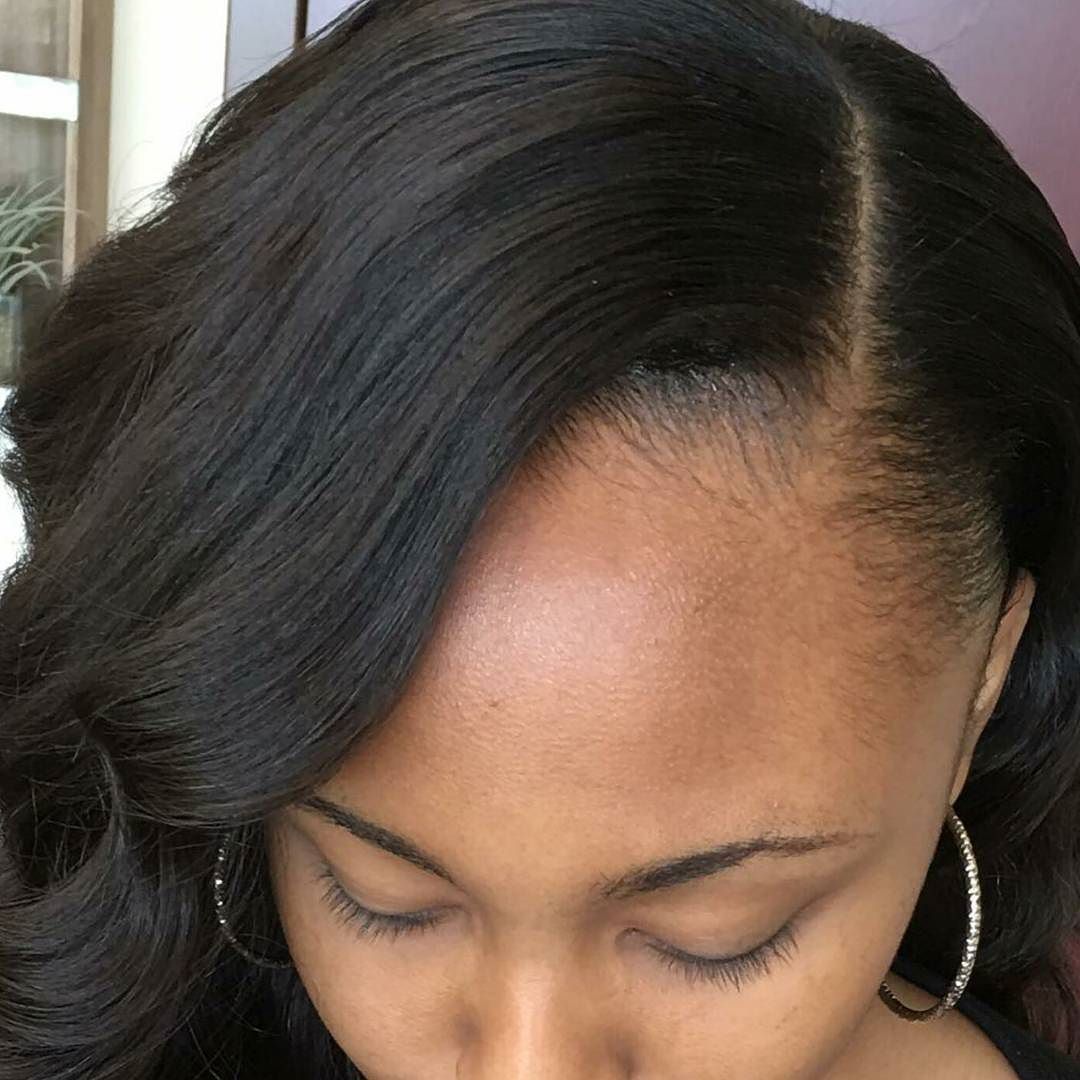
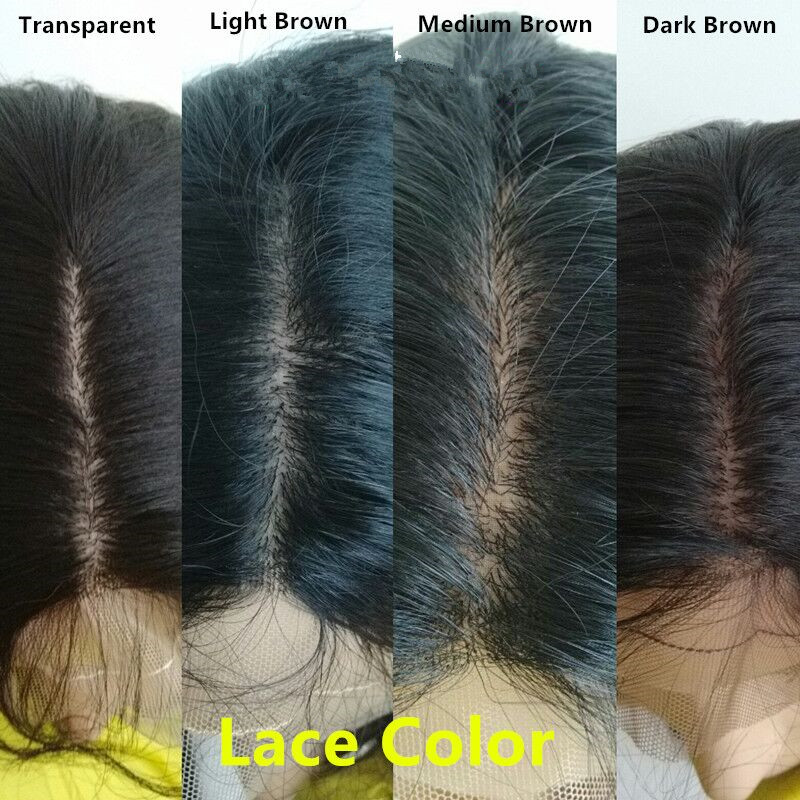
Highlights are best applied on hair with a dye or bleach slightly lighter than your base color. The highlights should be at least one or two shades lighter than your existing color, otherwise they will look too stark. When choosing a highlight color, take into account your skin tone and the undertone of your hair. This can be warm, cool, or neutral.

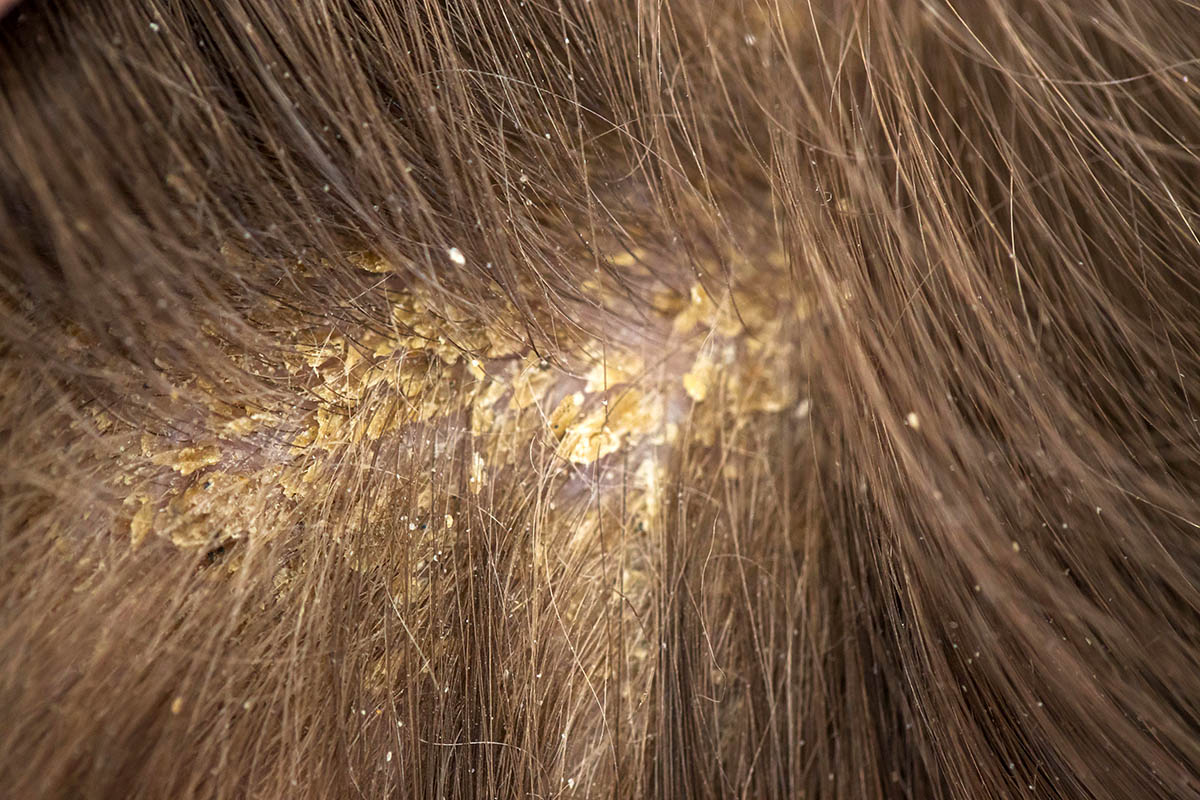
While there are at-home kits available for DIY highlighting, you should consult a professional to ensure that the color is applied correctly. If you don’t feel confident in applying the color yourself, you can watch YouTube videos to learn how to do it. However, DIY highlights might not work with all types of hair styles. A professional colorist will be able to customize the application to match your skin tone and eye color, as well as your hair’s health.
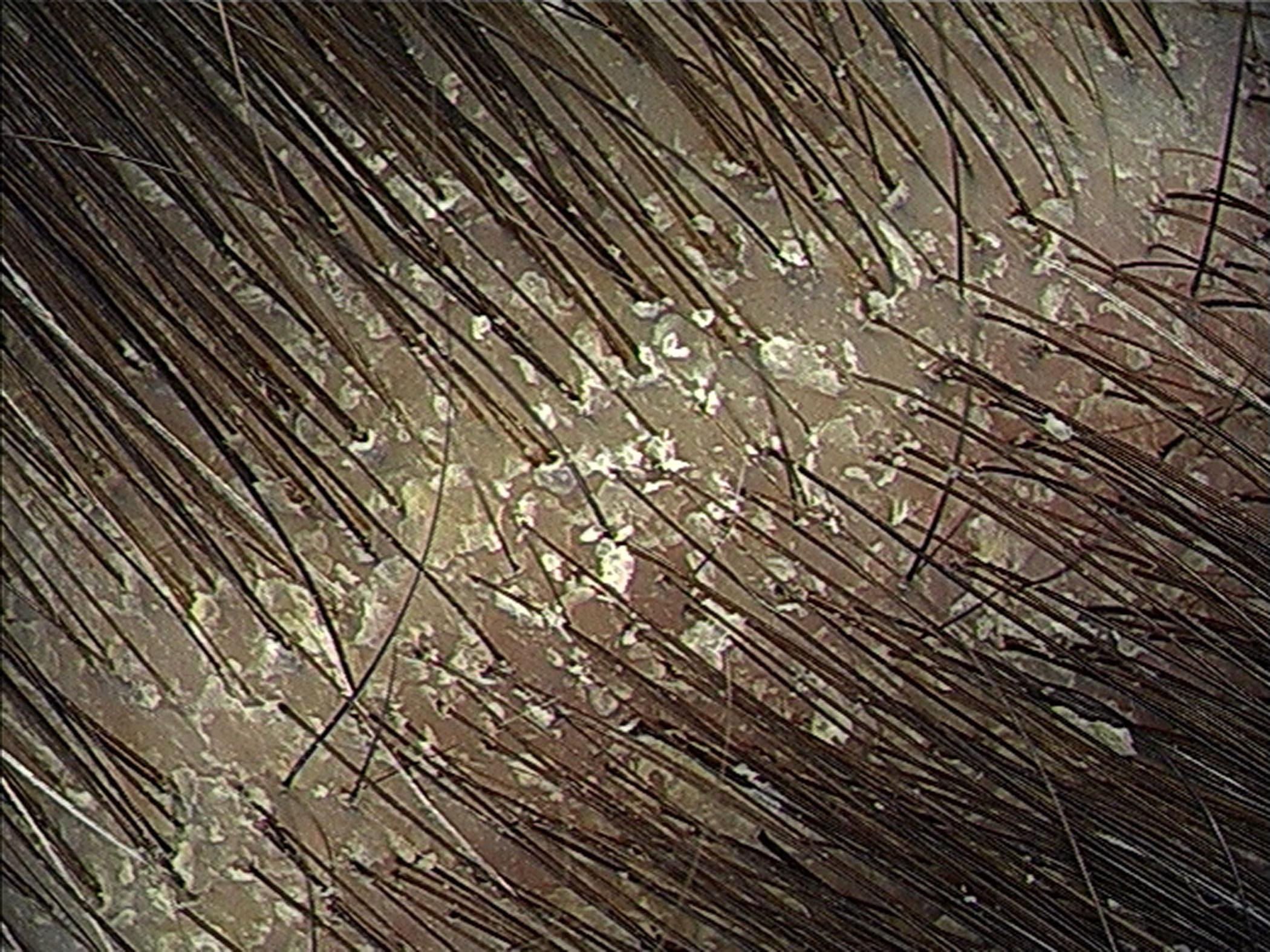
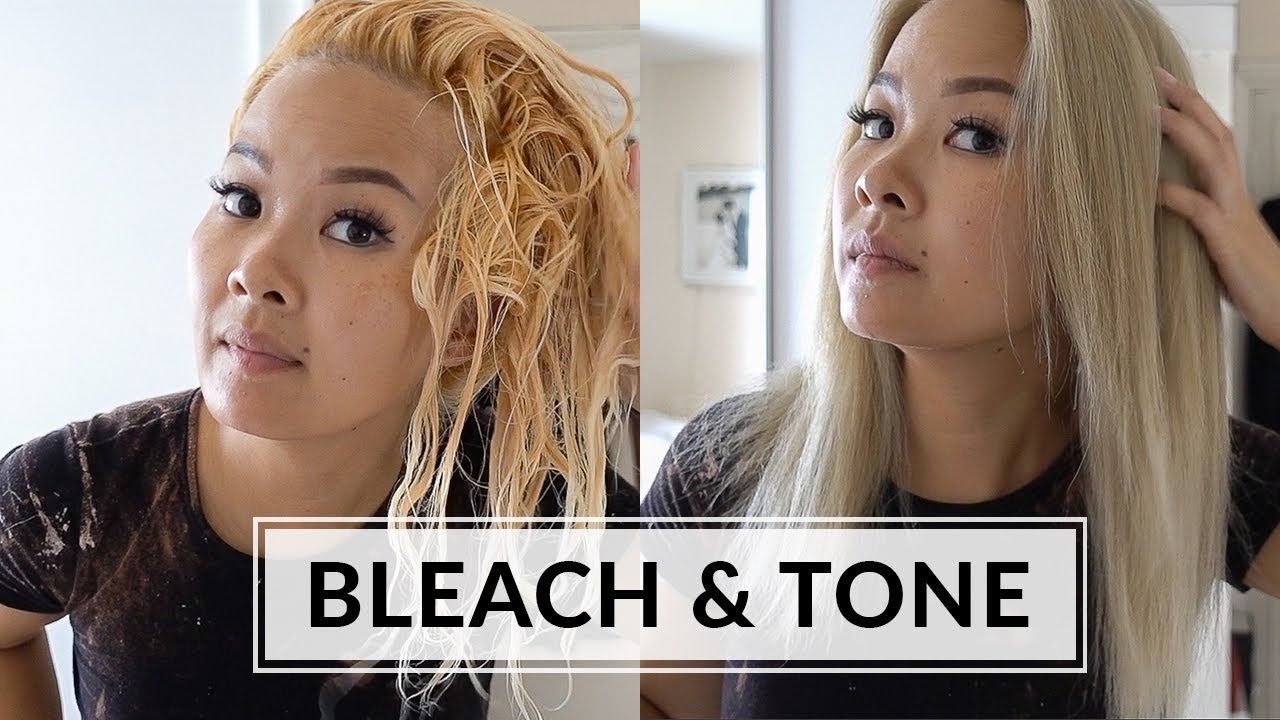
When you do highlights at home, you can use aluminum fuses. These have been around for many years and have been used by many professional hair stylists and home care professionals. They use strips of aluminum foil to cover the affected area with a color. Depending on the type of hair, this technique may leave the hair with a “salt and pepper” effect. However, the results are less dramatic and can be less expensive.
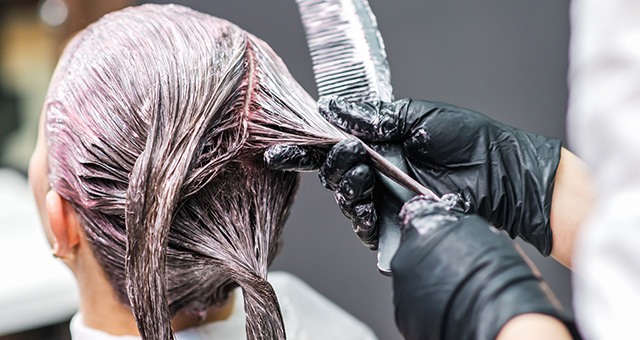
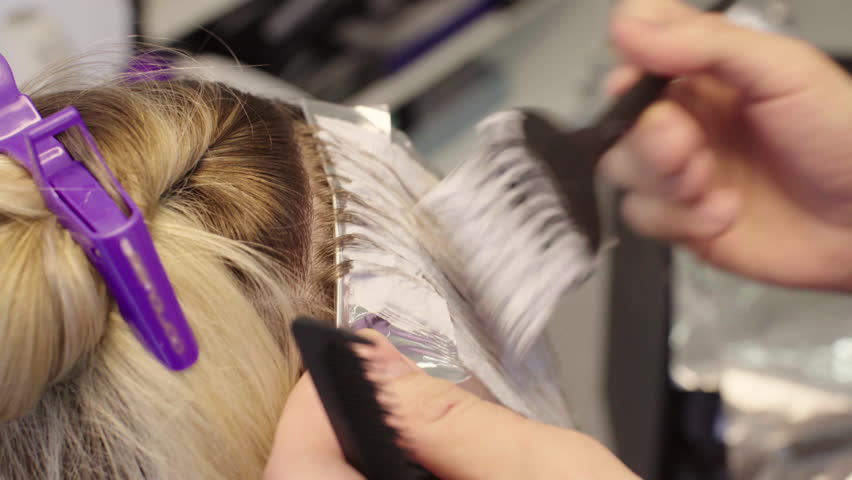
Blonde balayage
One of the benefits of blonde balayage is its ease of maintenance. You can get the same look for a few months with little effort, but it will require frequent touch-ups. To maintain the look, you should use a toner or purple shampoo. Afterward, style your hair as usual.
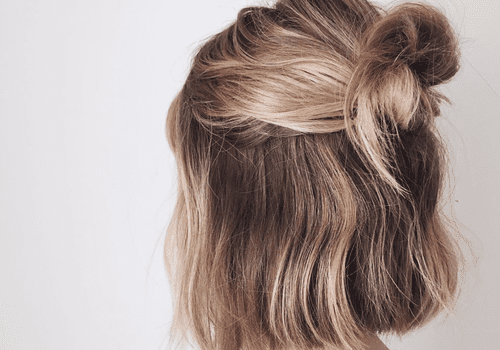
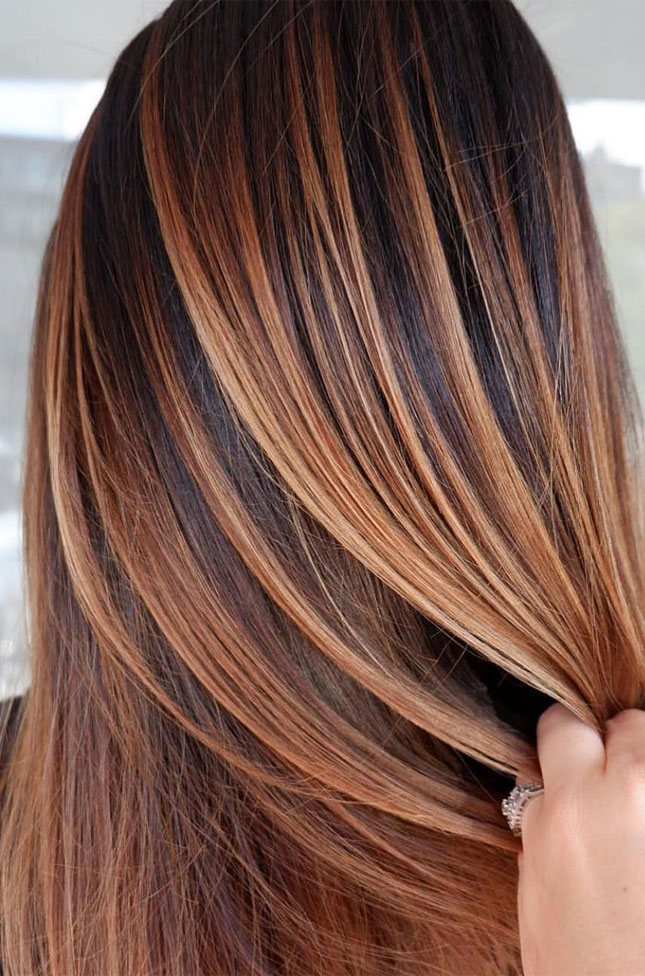
Blonde balayage looks great on many types of hair, but one of the most popular is a transition from brown to blonde. When it comes to balayaging your hair, you should choose a color that complements your skin tone and hair type. You can also choose to change the placement of highlights. This will create a dramatic effect or a seamless blend.
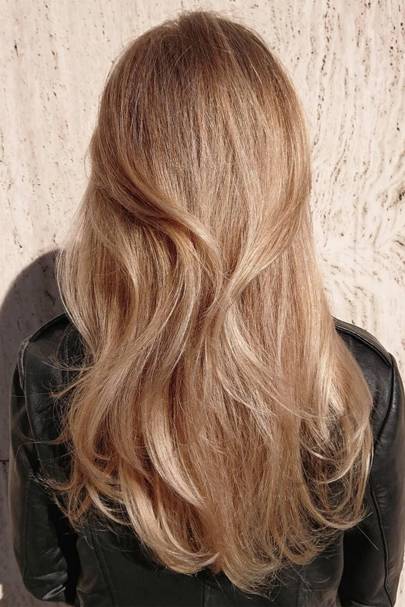
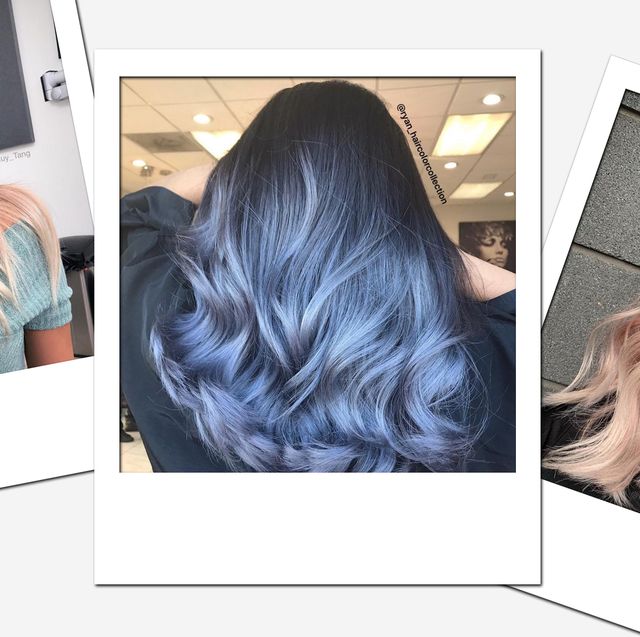
Blonde balayage is perfect for both short and long hair. It can work on any length, and you can go from very light to super-dark blonde with the right technique. You can even mix a few shades to create a different color and style. It’s fun and easy to maintain.
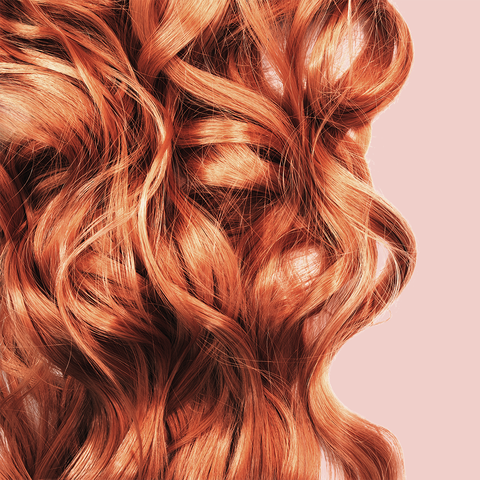
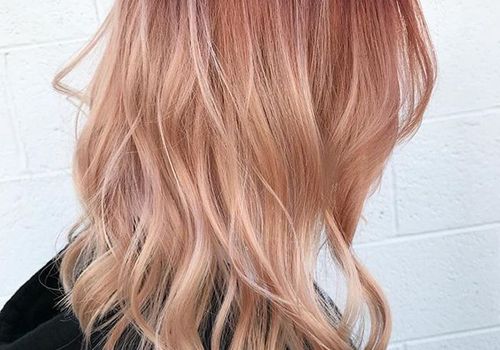
The best part is that blonde balayage doesn’t require much maintenance. You can enjoy it for months without having to get a hair color touch-up. You can even grow it out! As long as you have the time, blonde balayage will give you gorgeous, shiny locks and you can be assured that you’ll be able to style them in any way you want.
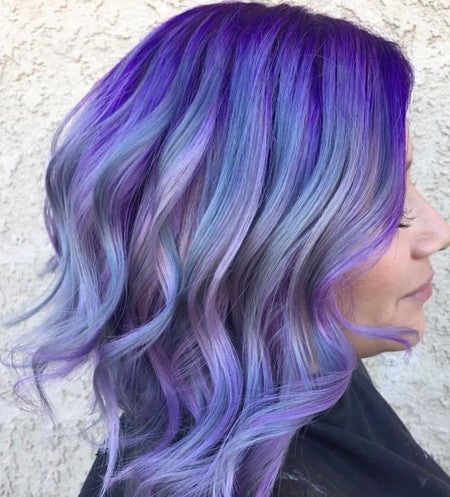
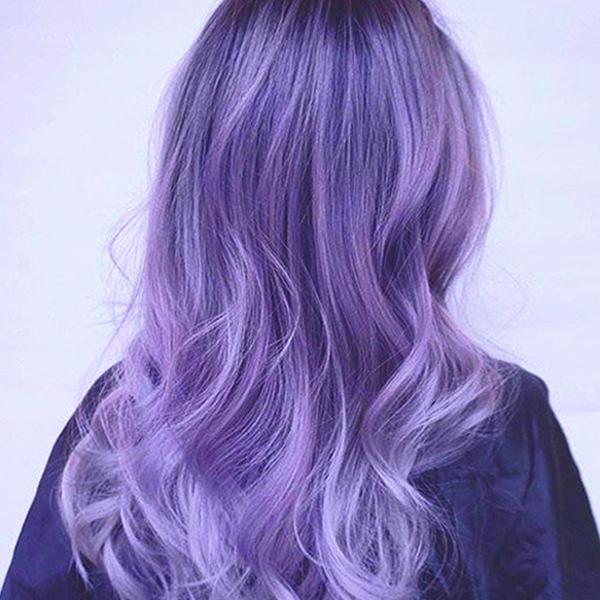
Another benefit of blonde balayage is that it doesn’t require bleaching or root-to-tip highlights. Its natural coloring gives a more voluminous look. Blonde balayage can be used on any length, and it works on all hair types and textures.
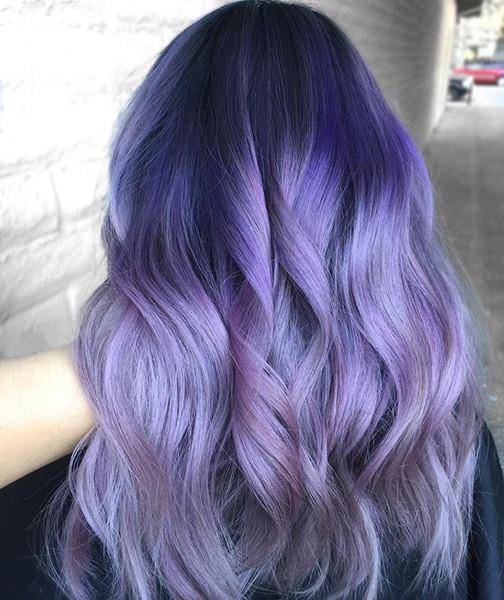
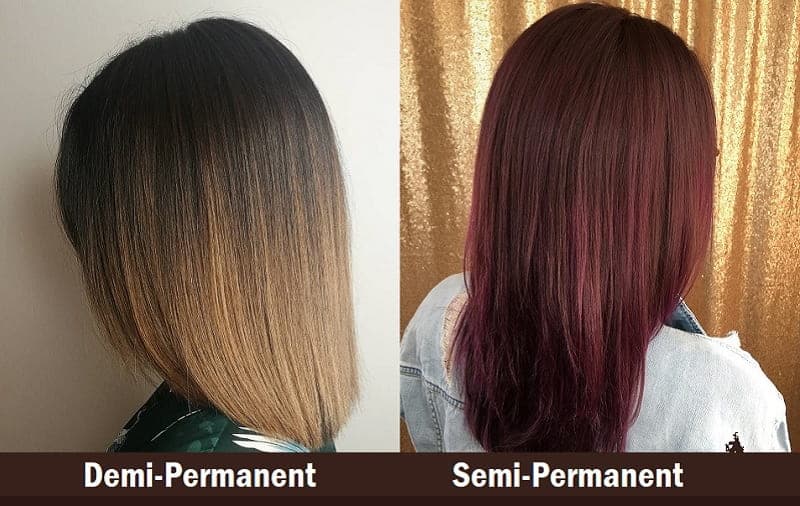
How to Choose the Right Hair Color
You can find the right hair color for you by using these tips: First, find a hair color that complements your skin tone. Second, find a hair color that covers gray and adds highlights. You may also want to go lighter, or add highlights if you have lighter hair. And finally, remember to choose a color that will last for at least three months.
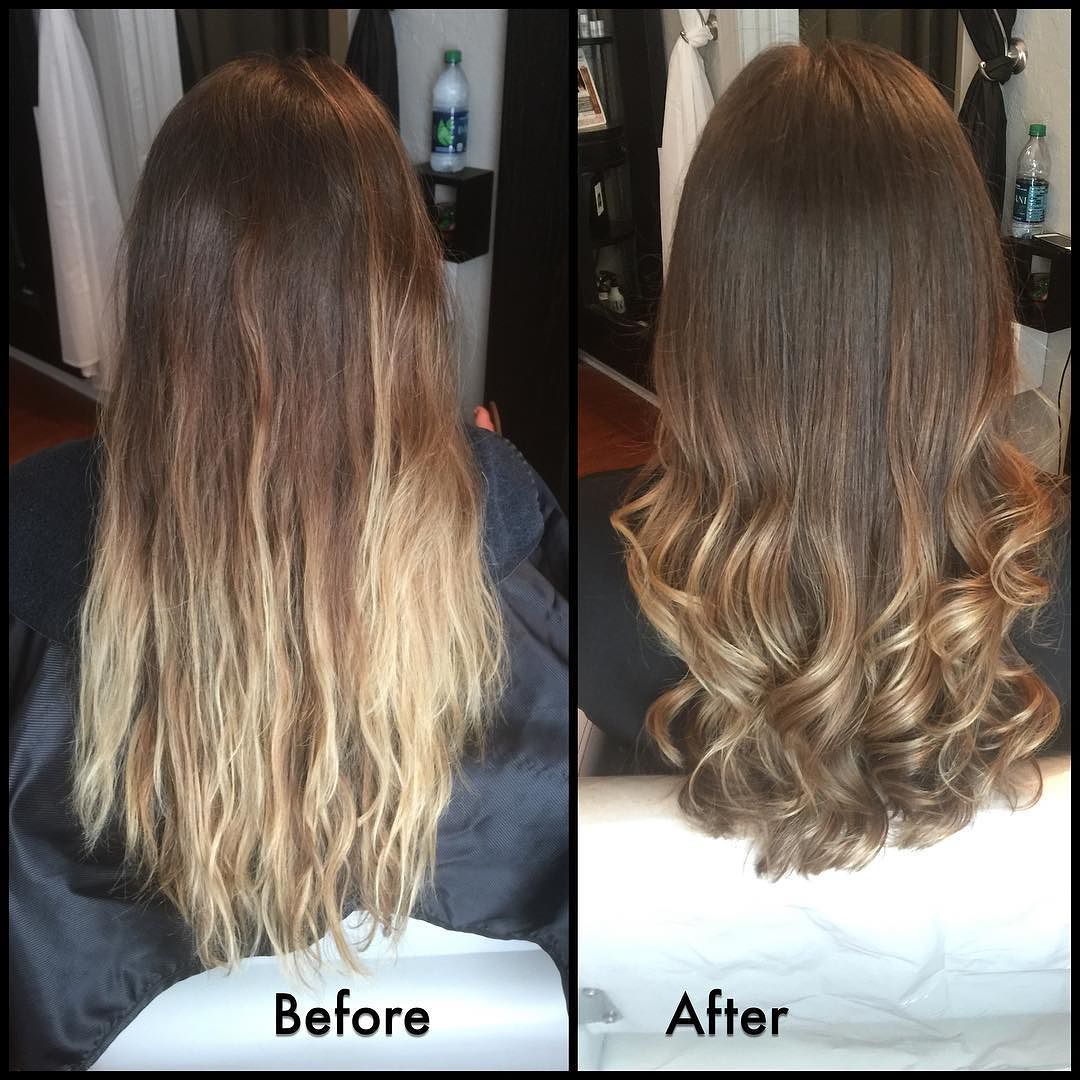
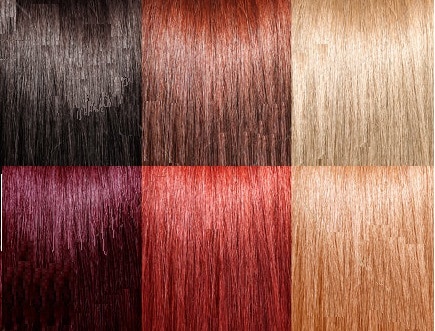
Choosing a hair color that matches your skin tone
There are many factors to consider when choosing a hair color that matches your skin. Some colors flatter certain skin tones more than others. For instance, a warm tone is not going to look as good on a person with olive skin. The best hair color is one that enhances your natural color. Also, keep in mind that it’s a good idea to change your hair color seasonally to suit the weather. For example, a warm-toned hair color can look great on a summer-goer.
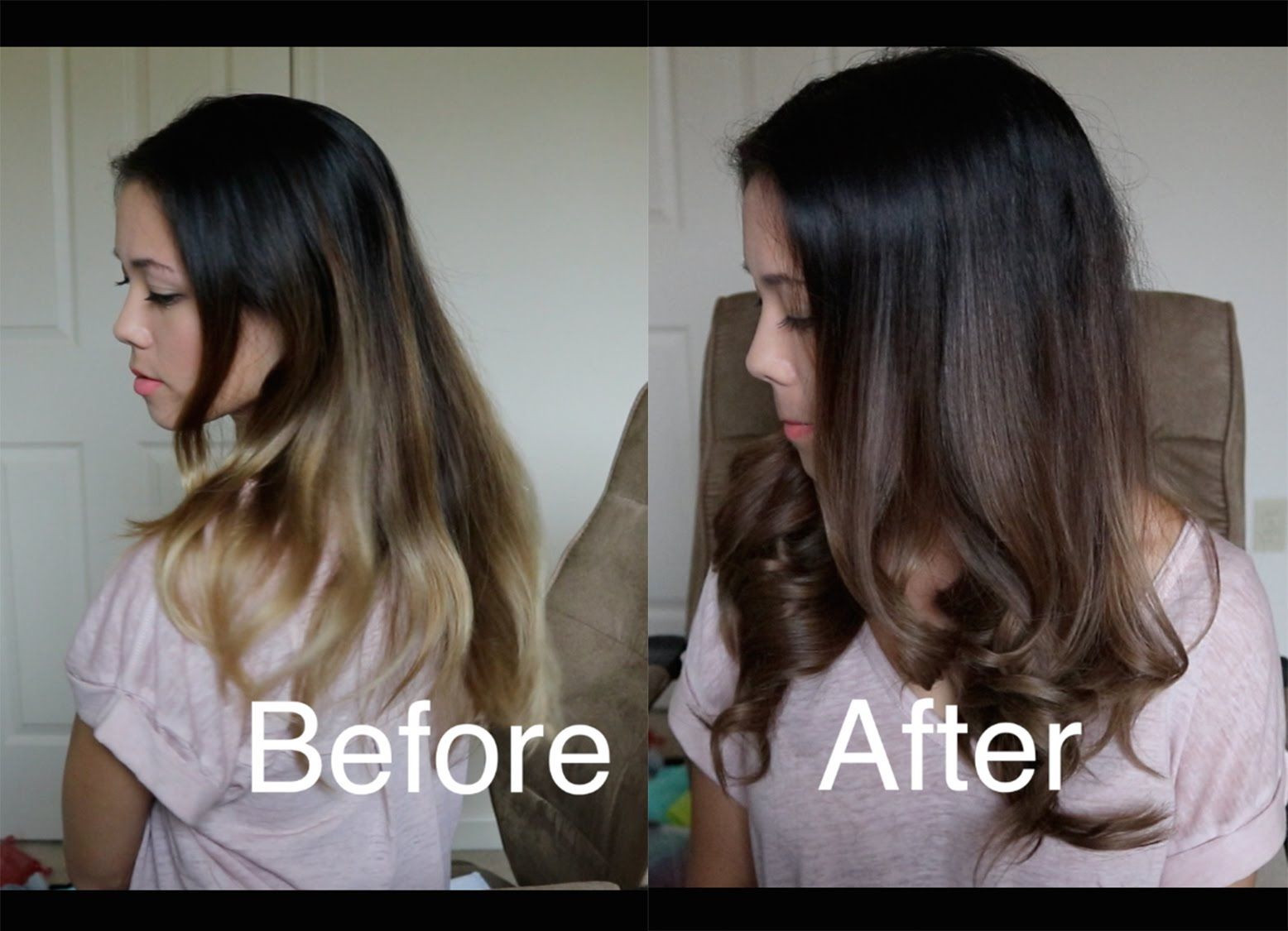
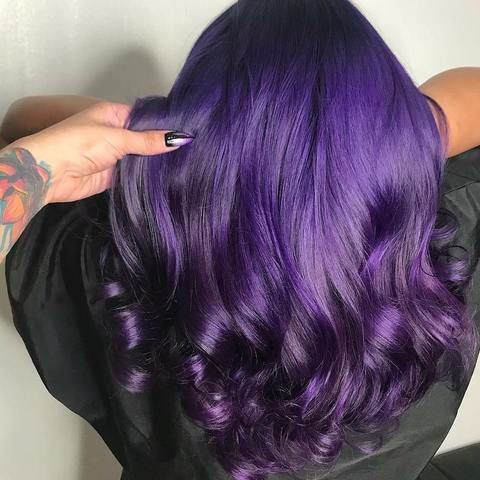
In addition to your skin tone, you should also take into consideration your undertone. Knowing your undertone will make it easier to match your hair color. Your colorist will be able to show you different options for colors that work best for your skin tone. Lighter skin tones look best with honey, caramel or toffee undertones. On the other hand, a deeper skin tone may look best with a warmer hair color.
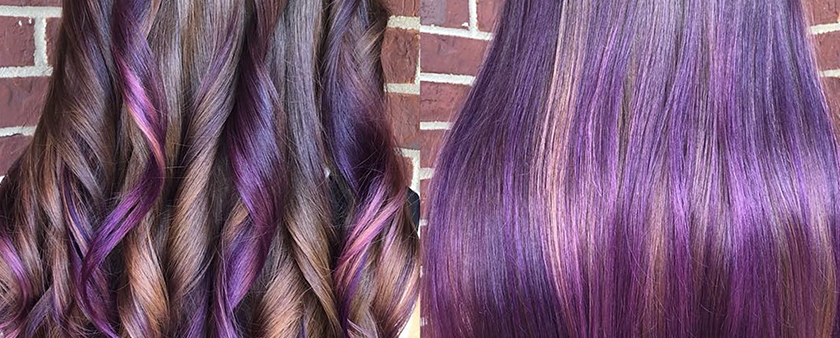
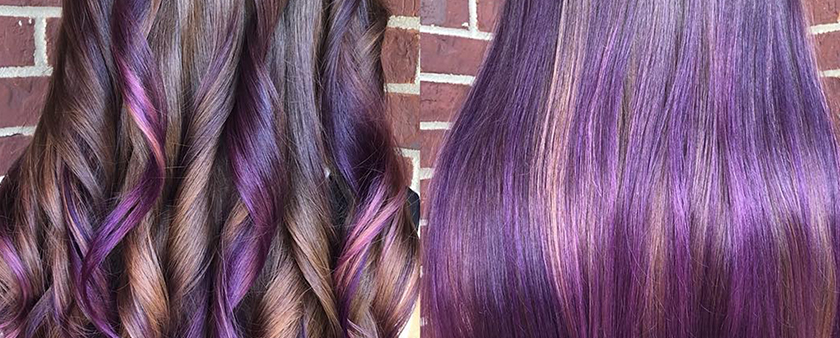
Choosing a hair color that matches your skin tone is a great way to cover up any blemishes or imperfections that might be hidden by your hair color. Warm shades of hair color bring out the golden tones in your skin, and a soft golden hue can make your face look sunnier. Cooler colors are better for people with pinky-blue skin, while rich blacks can work to bring out your skin tone’s natural warmth.
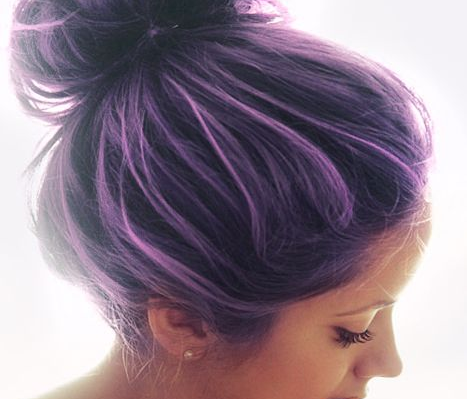
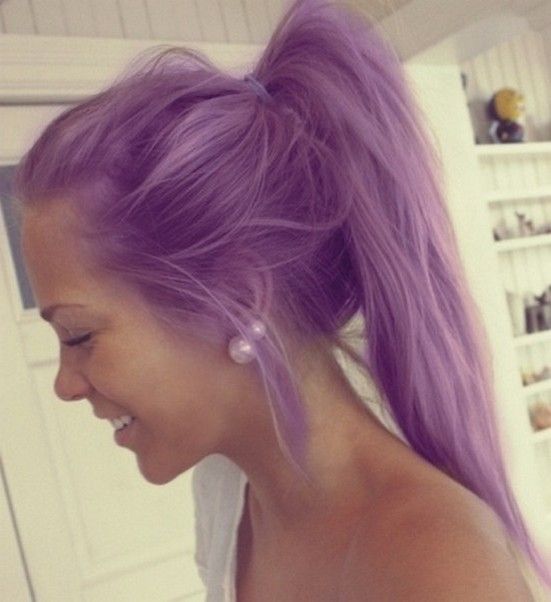
Hair color can be difficult to choose, but it is essential that it complements your skin tone. It is a mistake to choose the opposite of your skin tone, as this will change the way you look. If you have a deep brown or olive-colored skin, you should avoid hair color that is too dark or too light. You can still choose a darker color but make sure that it reflects light well.
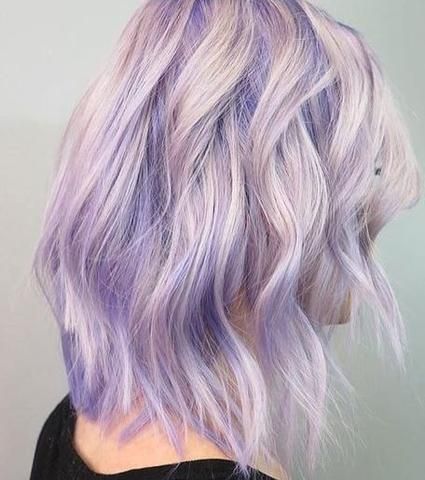
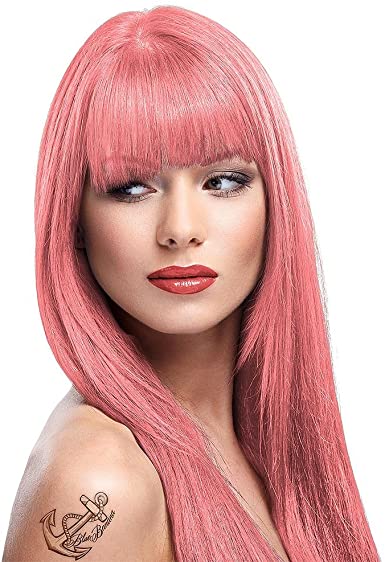
If you have a deep, dark skin tone, you should choose a hair color that complements the undertones of your skin. If your hair is too light or too dark, it will wash out your skin tone and make your facial features recede. To avoid this, try wearing hair color that has a cool undertone like dark espresso.
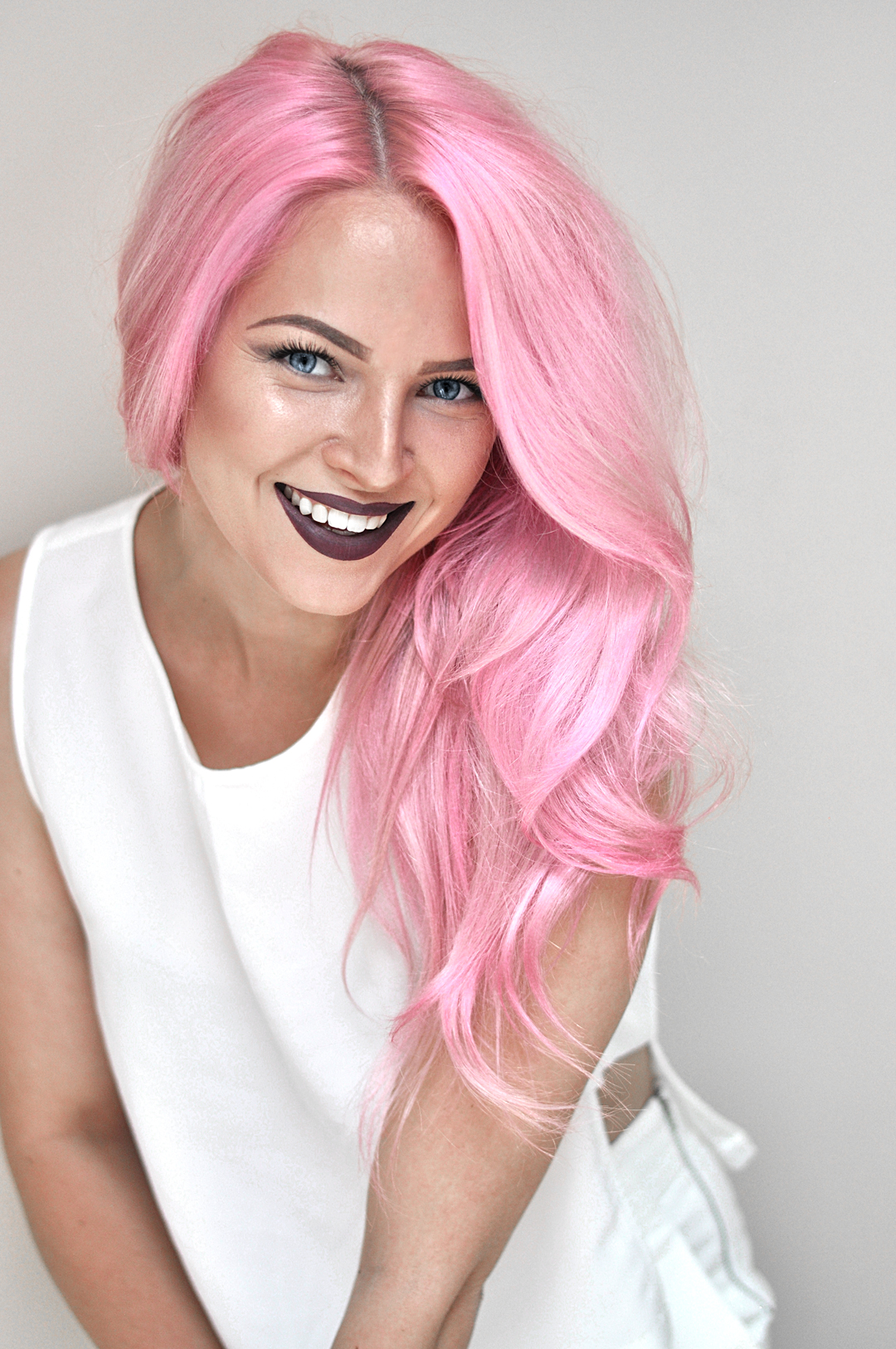
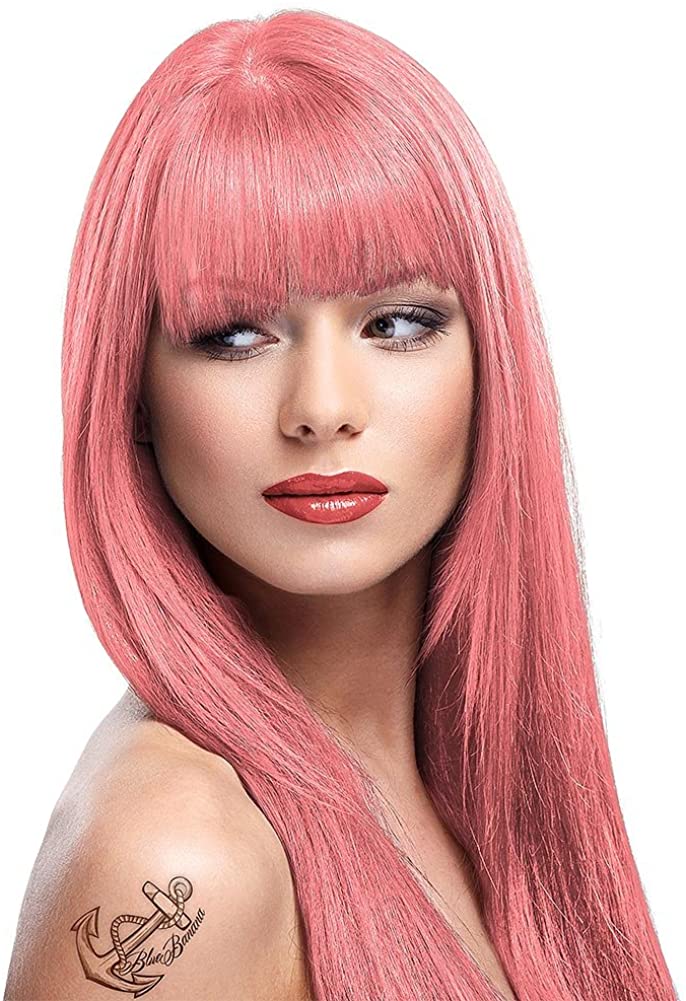
Choosing a hair color that covers gray
If you want to cover gray hair, there are many affordable options available. The first option is to use hair dye, which will match your natural hair color exactly. This type of hair color is also low in chemicals, so it won’t weigh your hair down or irritate your scalp. It will also leave your hair looking glossy and radiant.
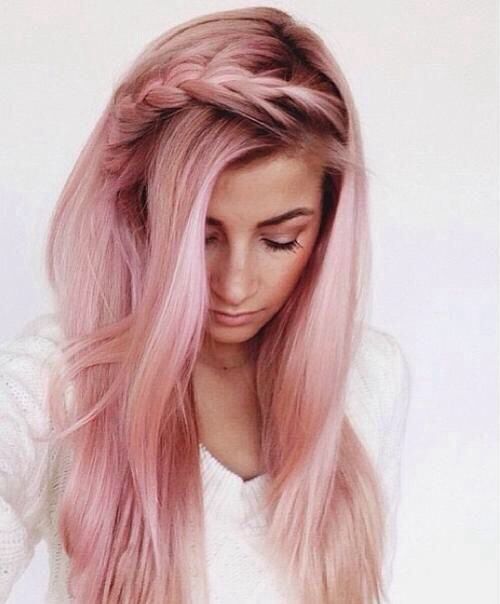
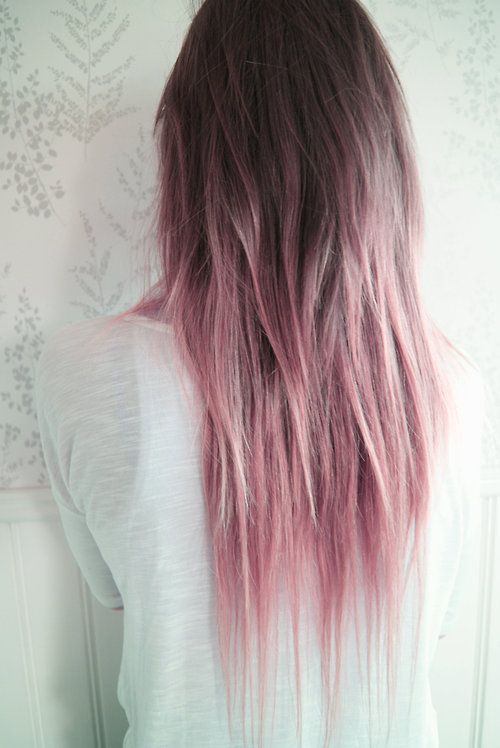
Another option is to let your gray hair grow out naturally. This method is great for people who don’t want their hair to turn gray. However, it can be a bit tricky to decide which hair color will cover gray effectively. There are two main types of hair colors for gray hair: semi-permanent and permanent.
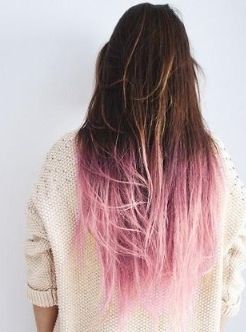
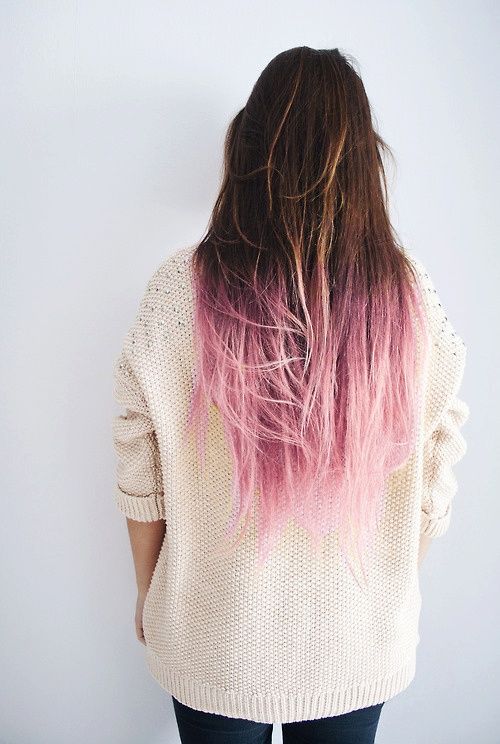
While most people can’t cover gray hair completely with a permanent color, there are still ways to conceal it. You can go for a cool-toned blonde color to cover your gray roots. The color will blend in perfectly with your natural hair color and will also help to bring out your natural eye color. To achieve the best coverage for gray hair, you need to invest time and patience. It is important to avoid rushing through the process and to take a few minutes to inspect your hair every 15 minutes.
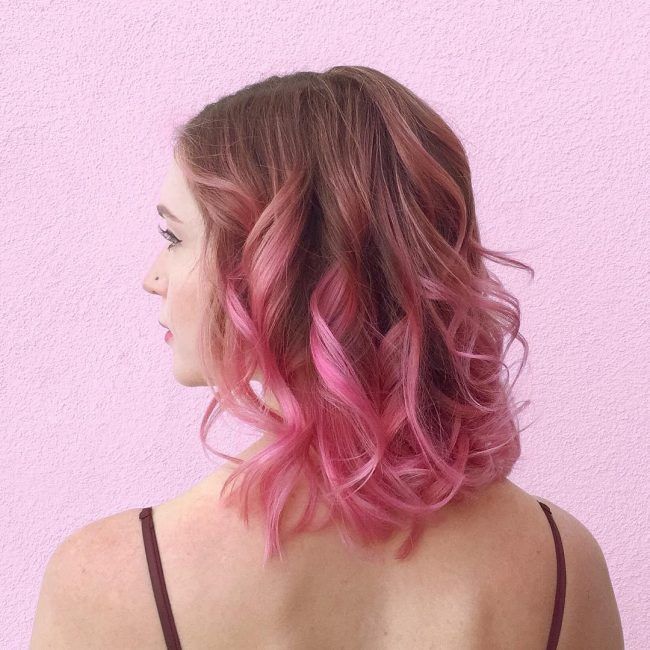
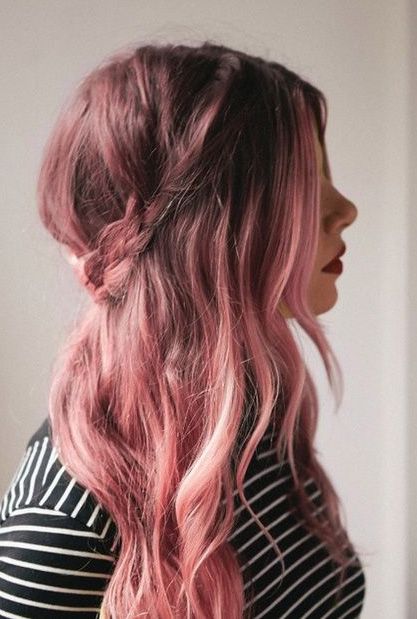
Another option is to use a demi-permanent hair color to cover your gray hair. Because it doesn’t contain ammonia, demi-permanent hair colorants are better for your hair. They also last longer than natural colorants. A few brands of demi-permanent hair dye have special formulas for gray hair, which are designed to cover the natural structure of the hair.
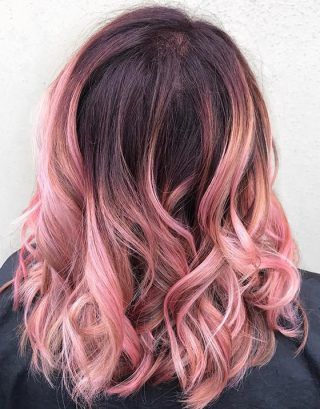
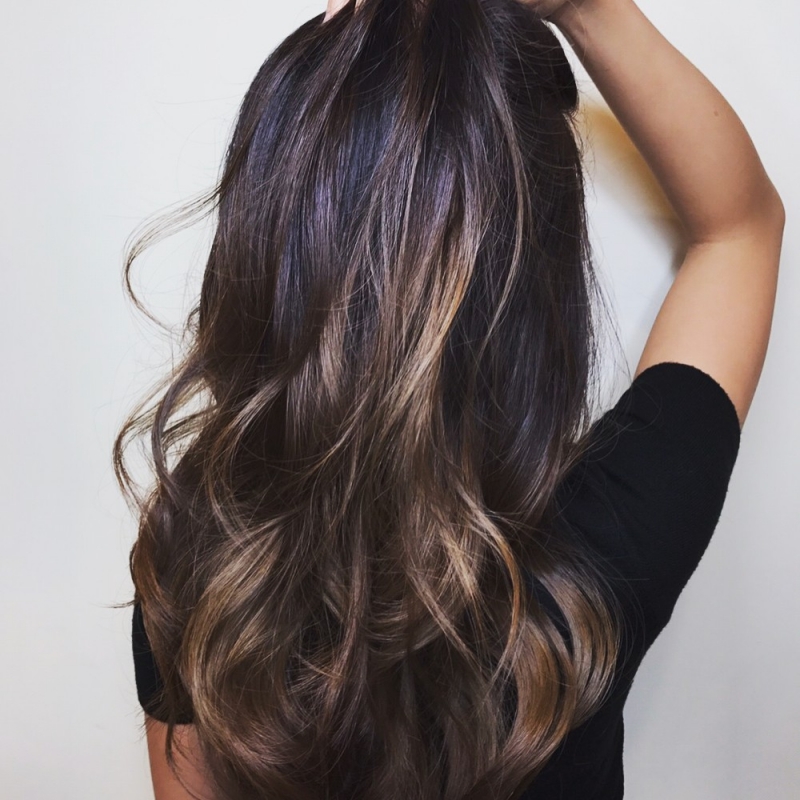
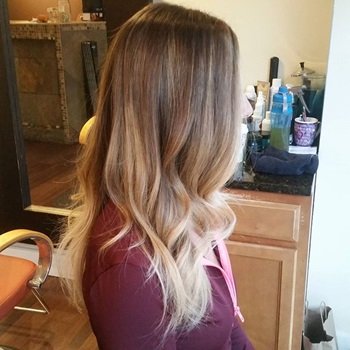
To choose the right hair color that covers gray hair, you should consult a professional stylist. The first step is to choose the shade. Grey hair is difficult to color, as it tends to be coarser and drier than hair that is naturally colored. The second step is to determine the best formula for covering gray hair.
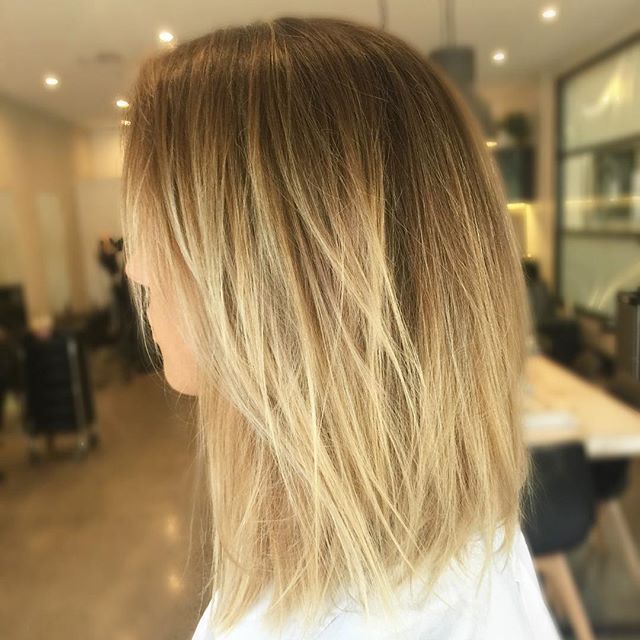
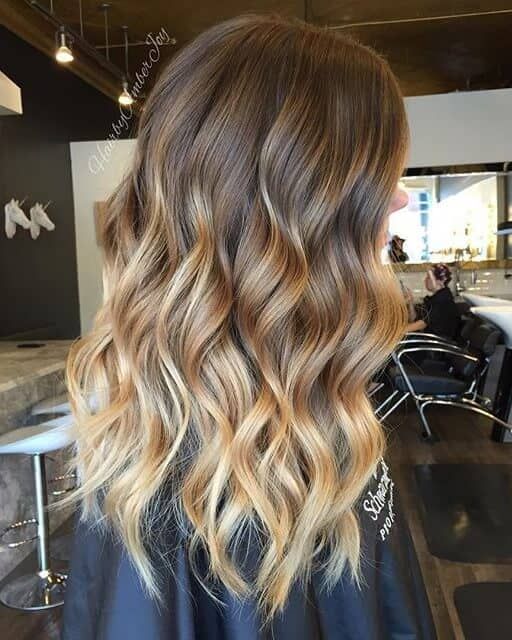
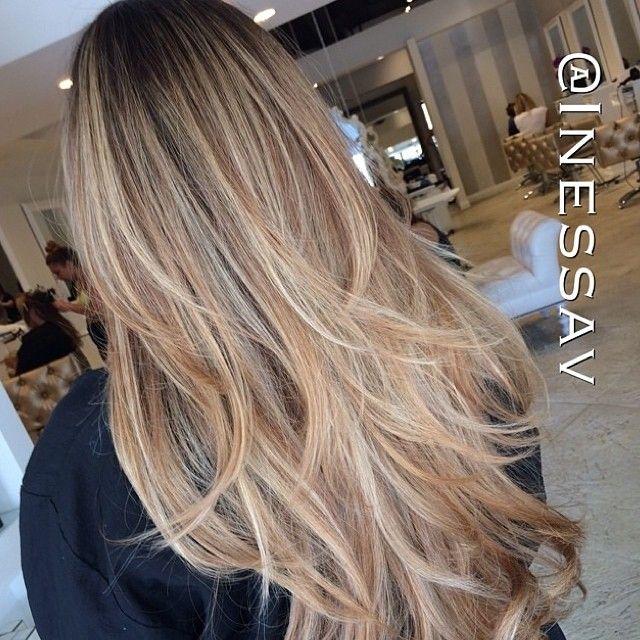
For the best results, choose a medium shade of brown. This shade covers gray with a natural look, preventing the hair from looking overly artificial. This color can help accentuate your facial features and soften your facial outline.
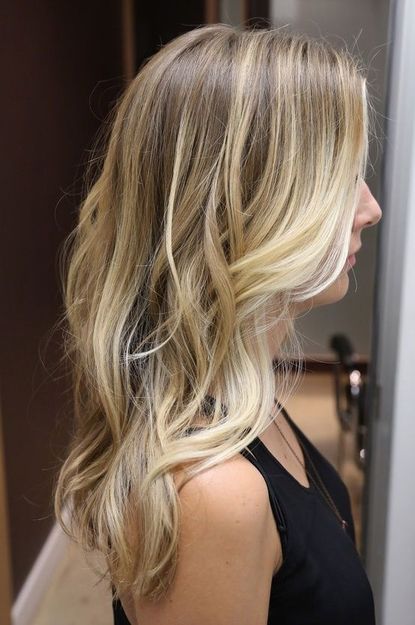
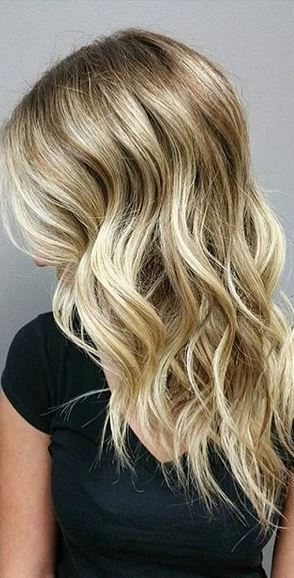
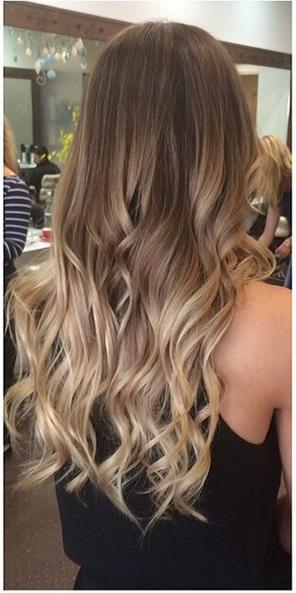
Choosing a hair color that is lighter
There are a variety of different colors available for people to choose from. Choosing a hair color that is lighter or darker will depend on your personal taste, the look you’re going for, and how much time you have available to color your hair. Garnier color expert Roger Medina recommends choosing a color that is two tones lighter or darker than your natural hair color.
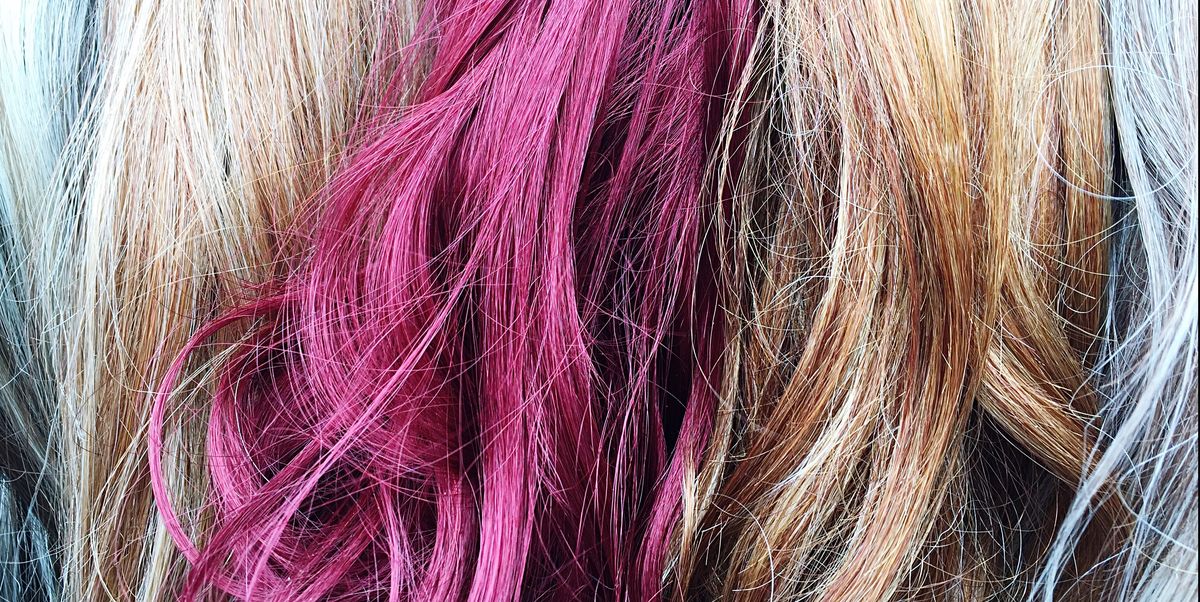
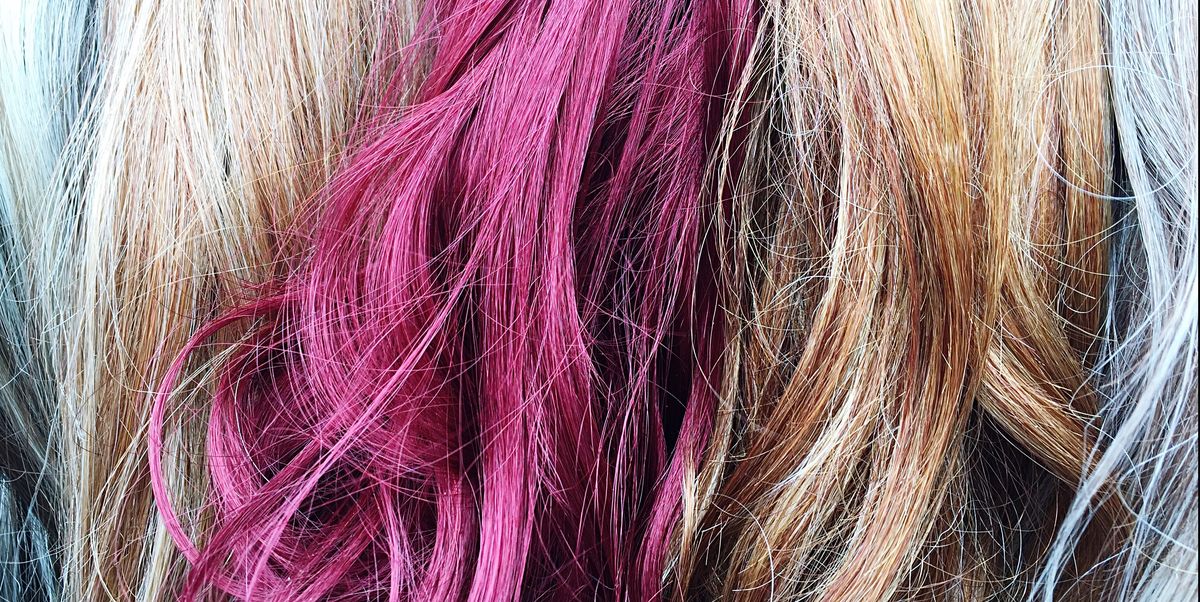
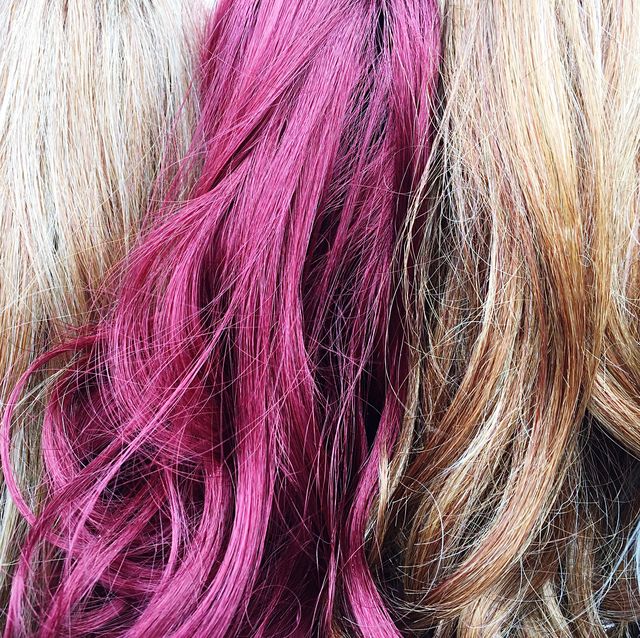
Skin tone is another factor to consider when choosing a new hair color. Lighter hair is more likely to complement your skin tone, while darker hair will be more difficult to match. If you want to match a particular shade to your skin tone, look for a color that has cool or warm undertones.
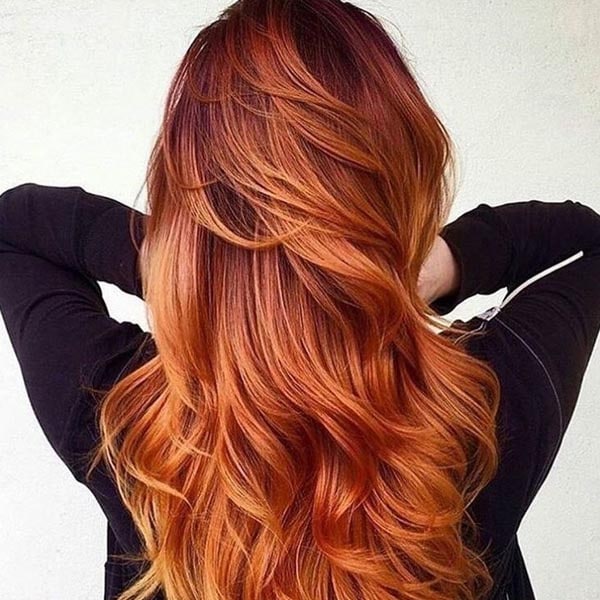
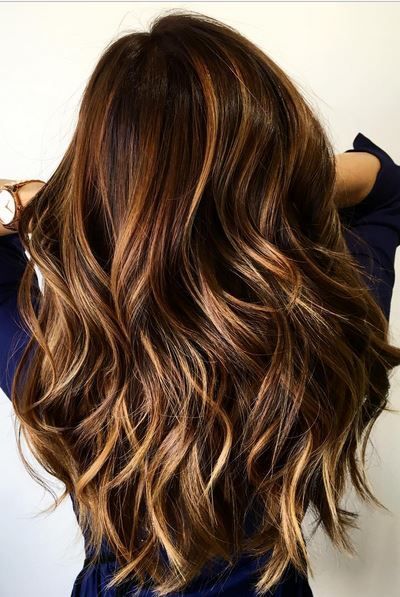
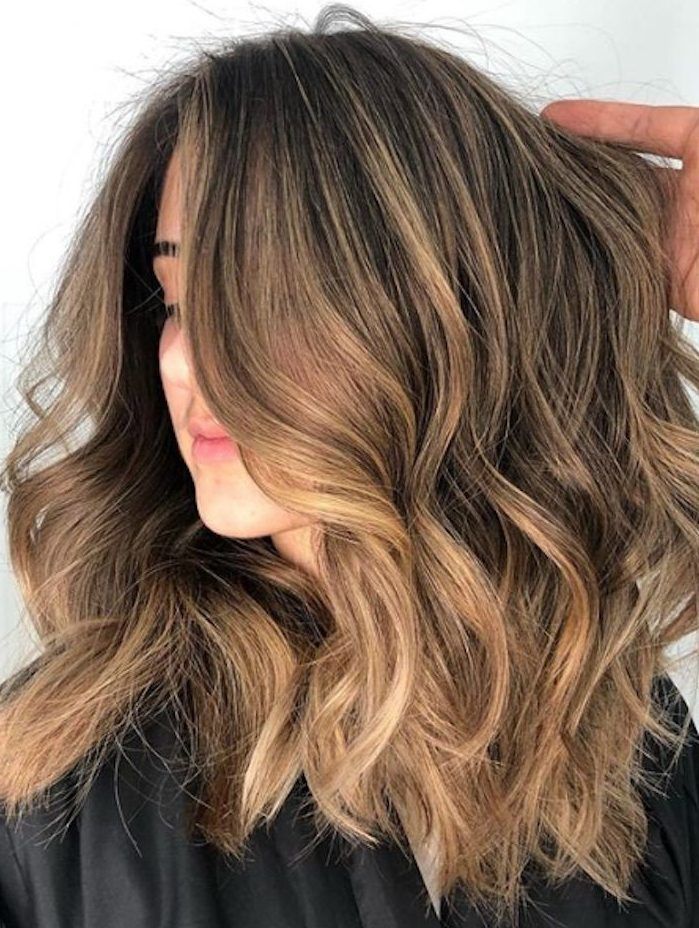
Changing your hair color can drastically change your appearance. It can make you look more vibrant and accentuate your facial features. It can also change your skin tone dramatically. While most people would prefer a more subtle look, some people want a dramatic look that will attract attention. The most effective way to change your hair color is by consulting with a hairdresser.
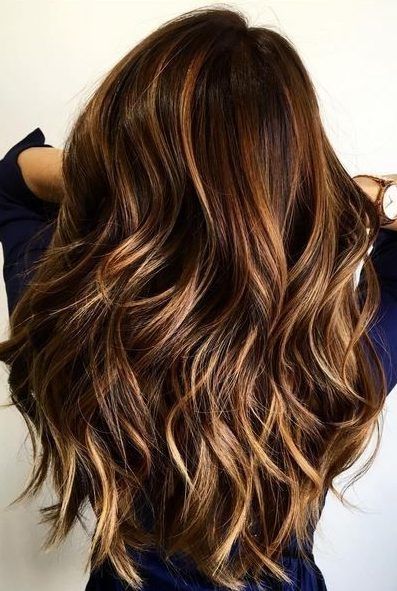
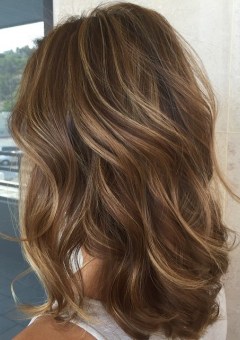
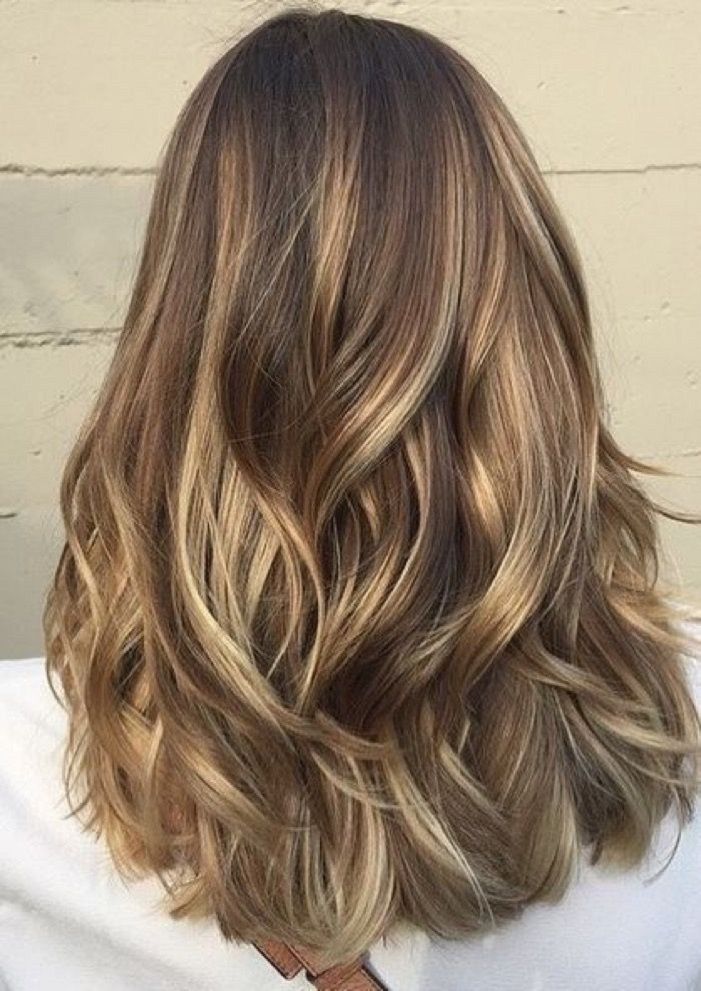
Choosing a hair color that adds highlights
If you’re looking to add some sparkle to your hair, consider a hair color with highlights. Highlighting is the process of highlighting the hair by dying or bleaching it a lighter shade. Highlights should be one to two shades lighter than the base color. Too dark of a base color can make the highlights look harsh. Choose the shade of your highlights based on your undertone and skin tone. Your undertone may be warm, cool, or neutral.
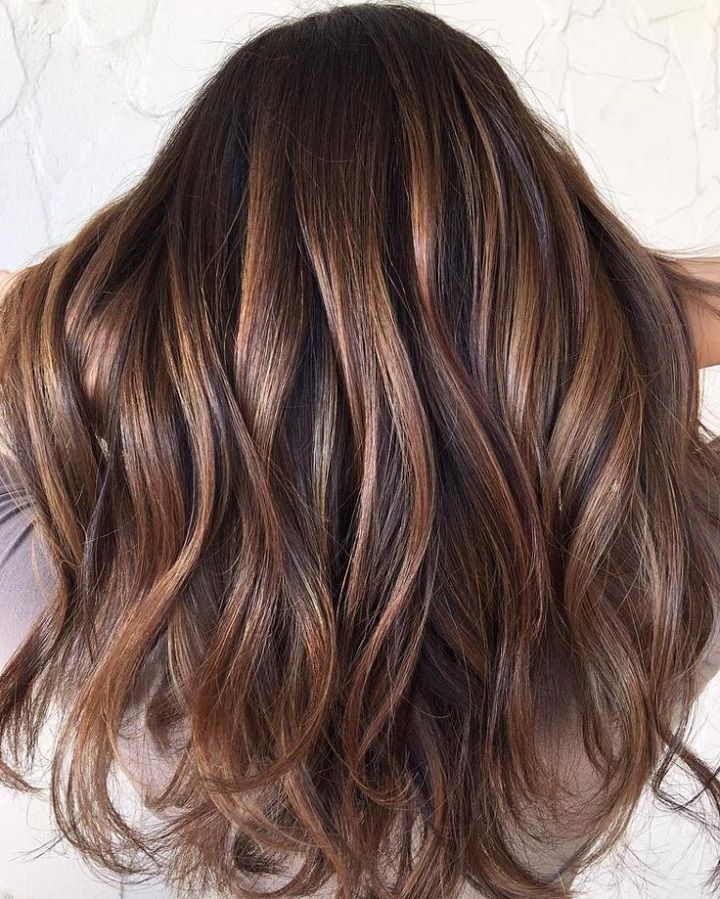
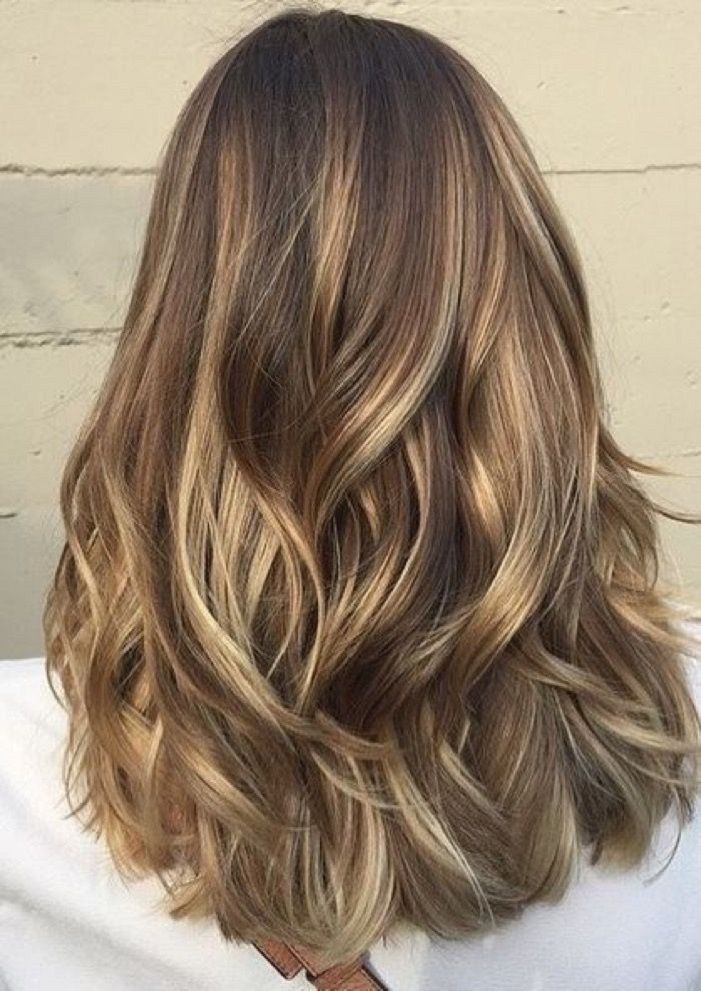
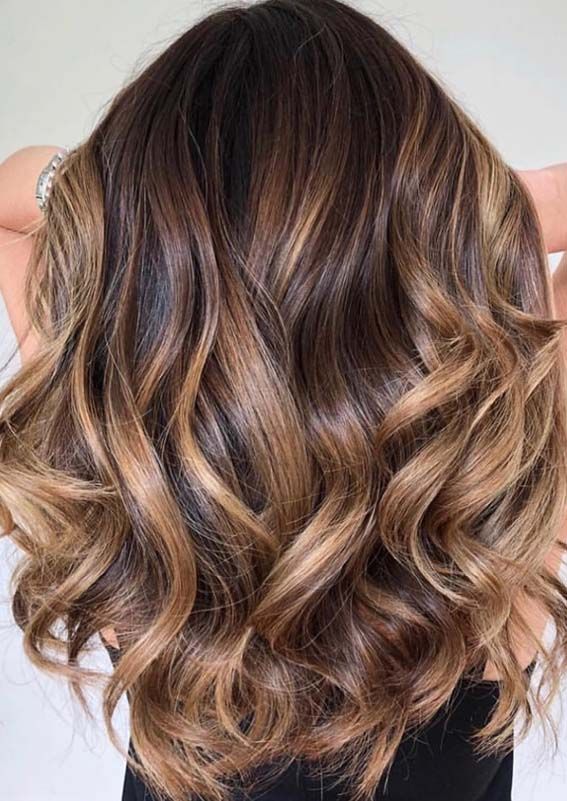
Highlights can also be created with foil-ayage. This technique is ideal for brunettes and blondes looking to add a hint of color to their hair. This method uses foils to create strands of color that reach to the ends of hair. It’s an effective way to add some sparkle to your hair. Another popular trend with highlights is balayage, which is also called “hair painting.” It’s a great option if your hair is already lighter than you’d like to make it. This method grows out faster than other methods and doesn’t require as many root touchups.
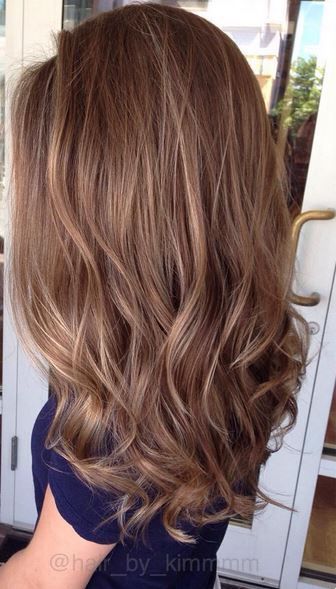
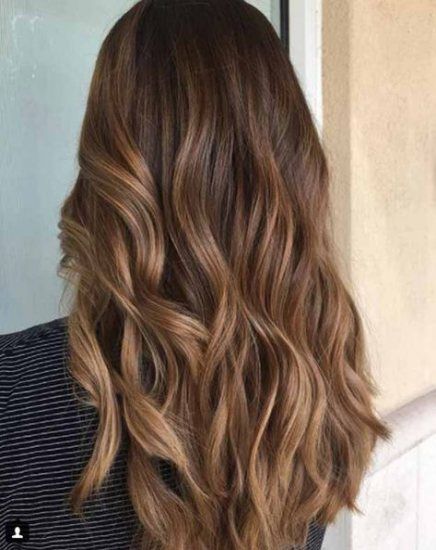
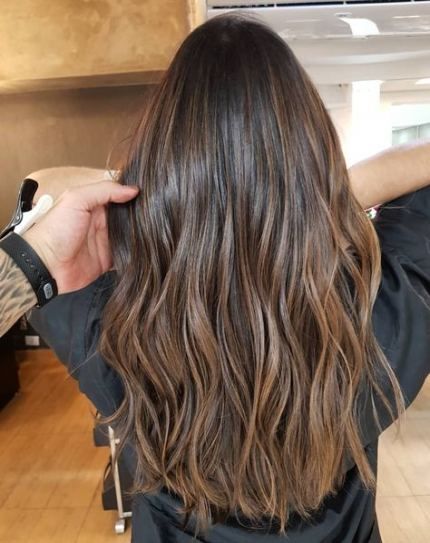
Highlights can also be achieved with lowlights. While highlights tend to look better on lighter hair than darker hair, lowlights give your hair some texture and dimension. However, if you have dark hair, you should go for lowlights. Lowlights add more depth and texture to your color, and make it appear more natural.
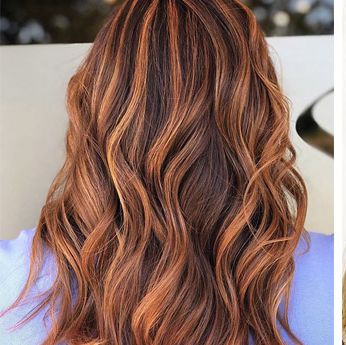
Highlights can be very effective for people who have short hair. They can add a hint of warmth and cover a significant amount of gray hair. However, highlighting can also make your hair look more beautiful and complement a trendy haircut. However, it is important to remember that you should touch up your color every four to eight weeks if you want highlights.
If you are looking for the perfect hair color with highlights, you can select a shade two to three shades lighter than your original hair color. For example, a light honey color with pink highlights would look best on a brunette hair base. The best way to decide on highlights is to use a virtual hair color try-on app. There are free apps for both iPhone and Android that allow you to try on over 150 hair colors.
